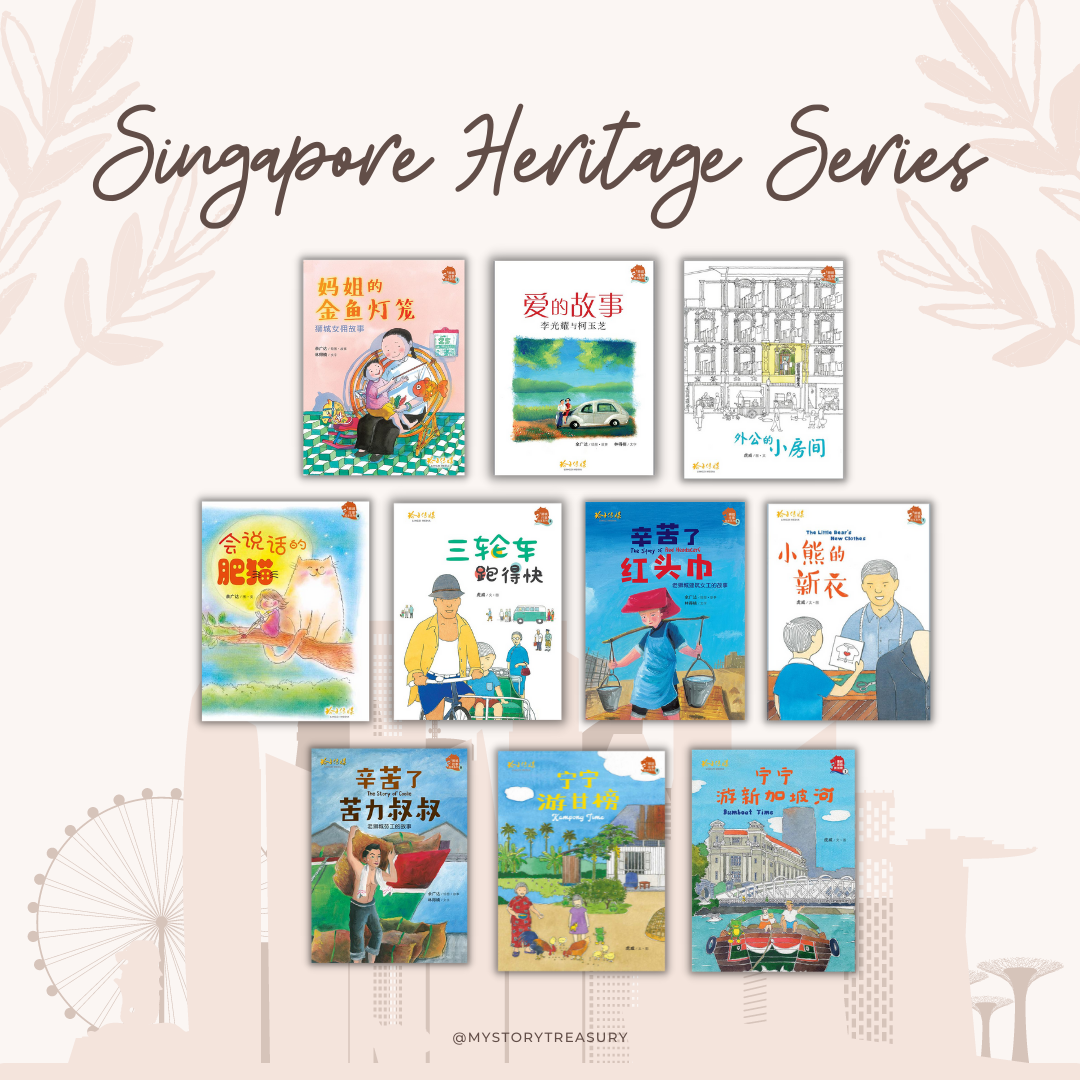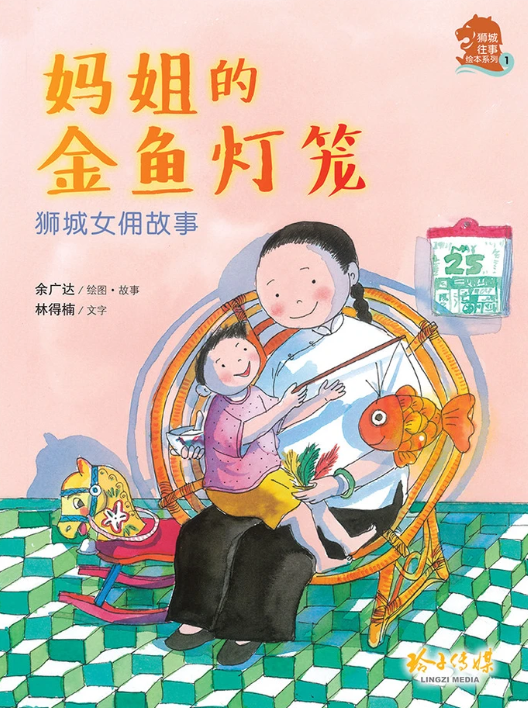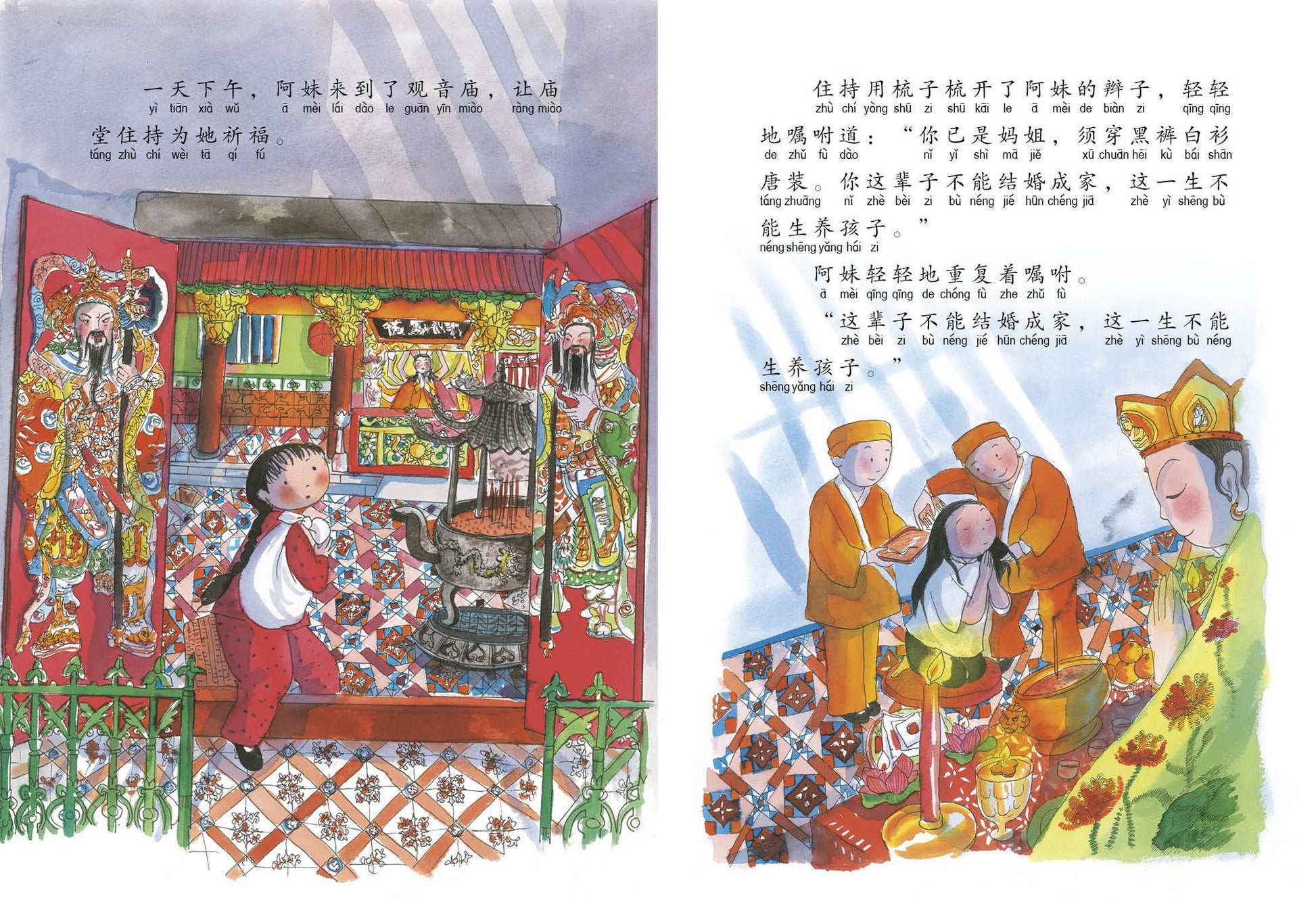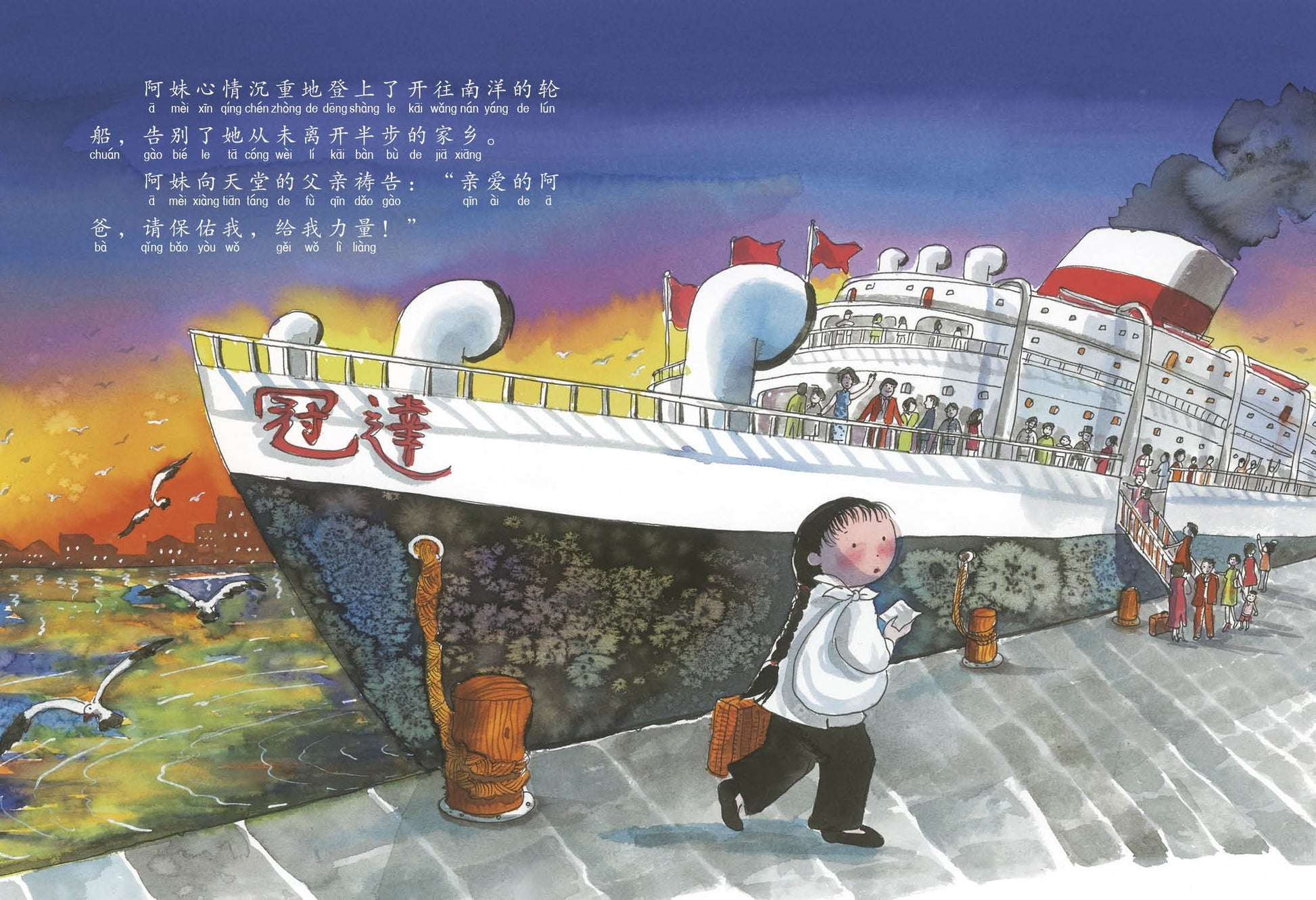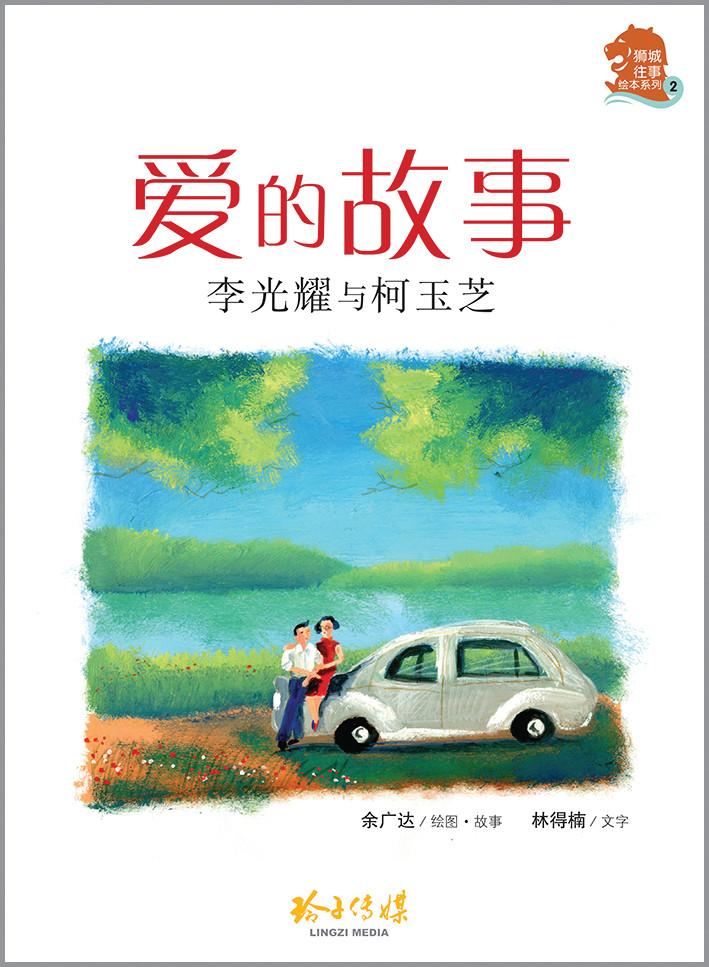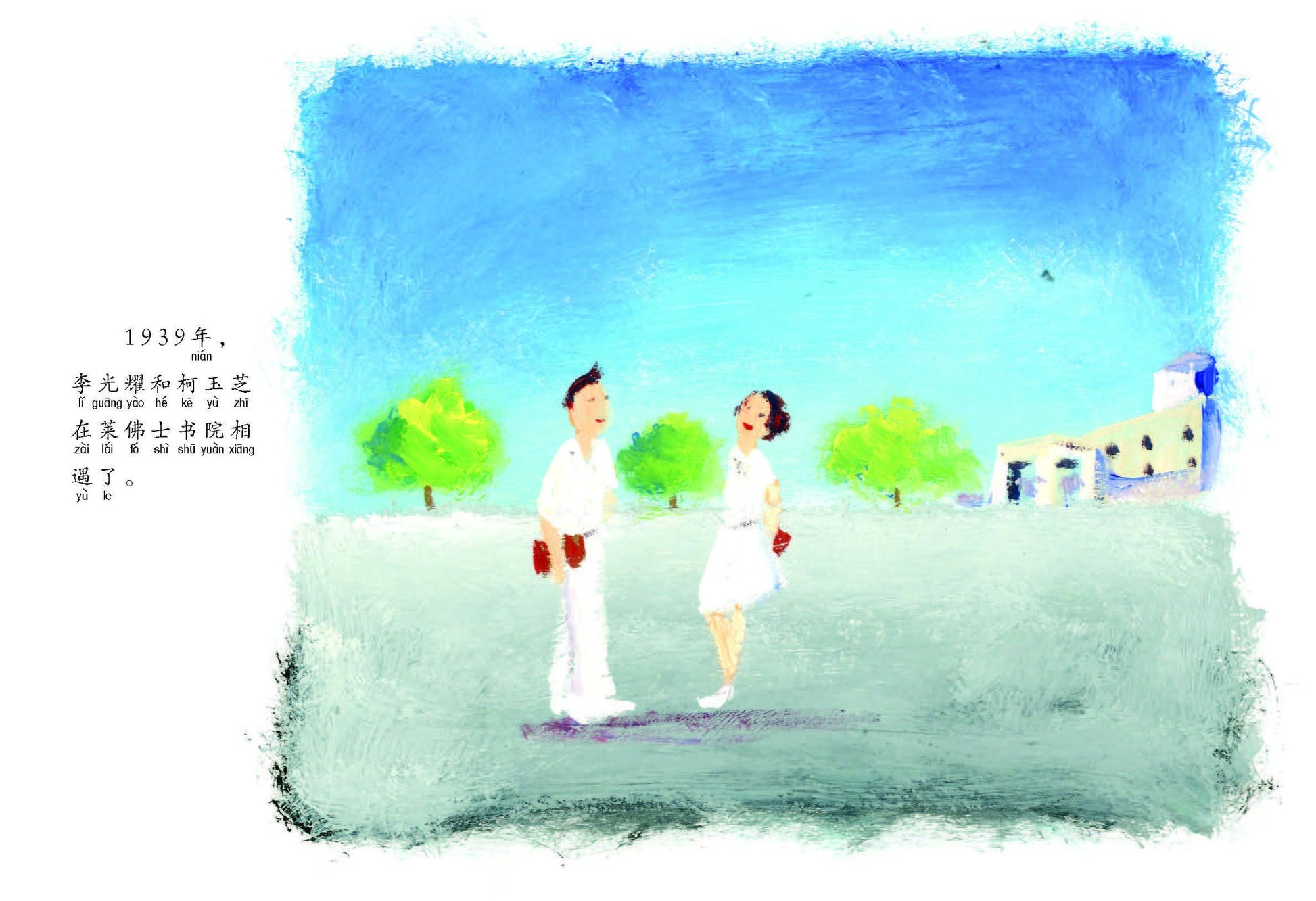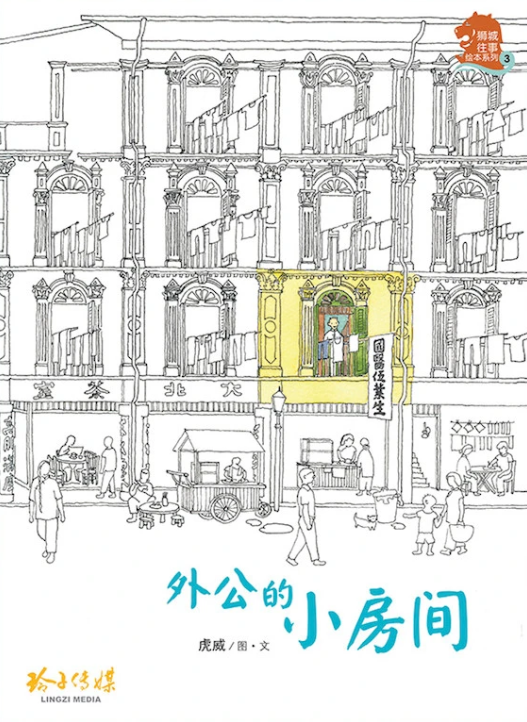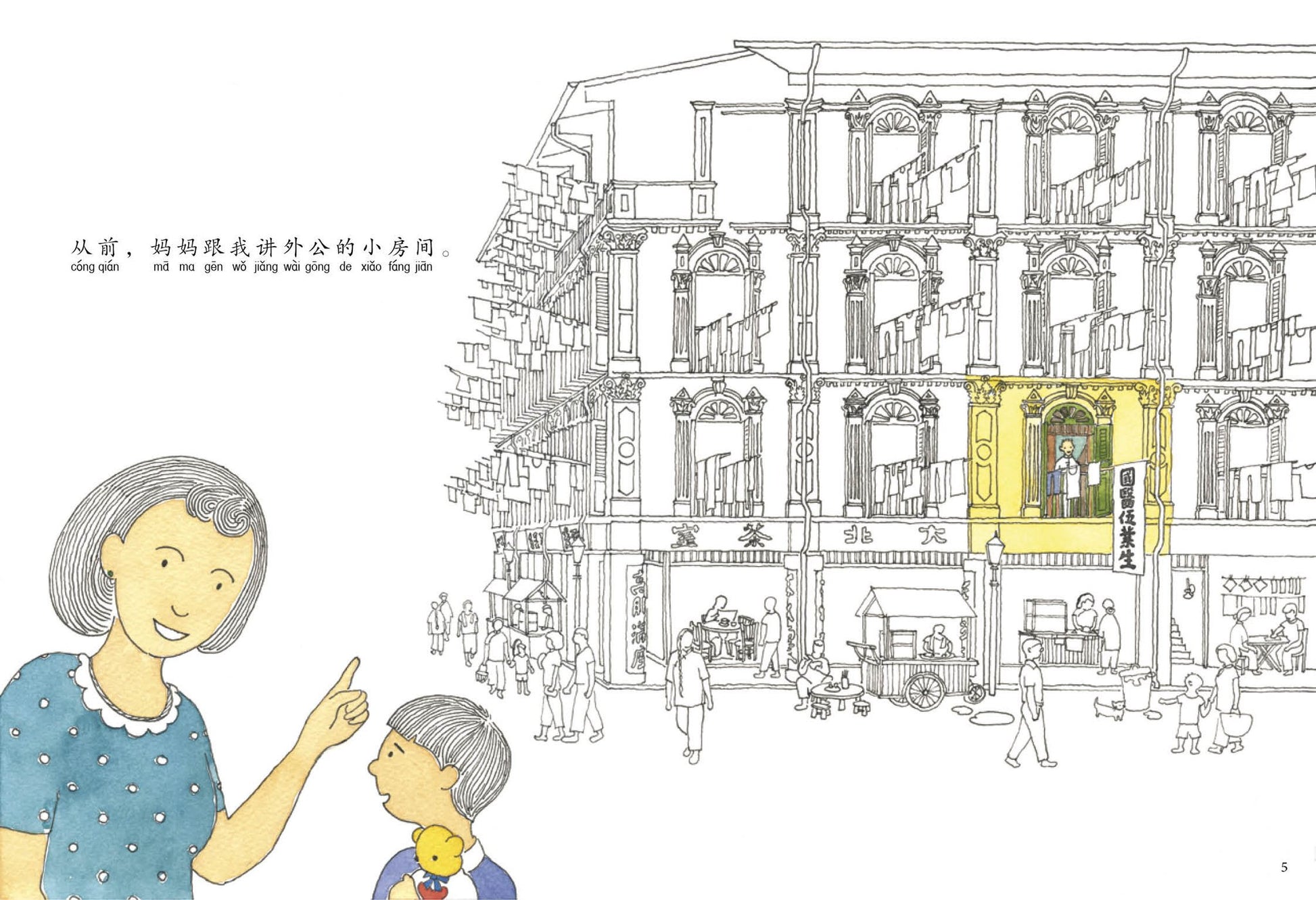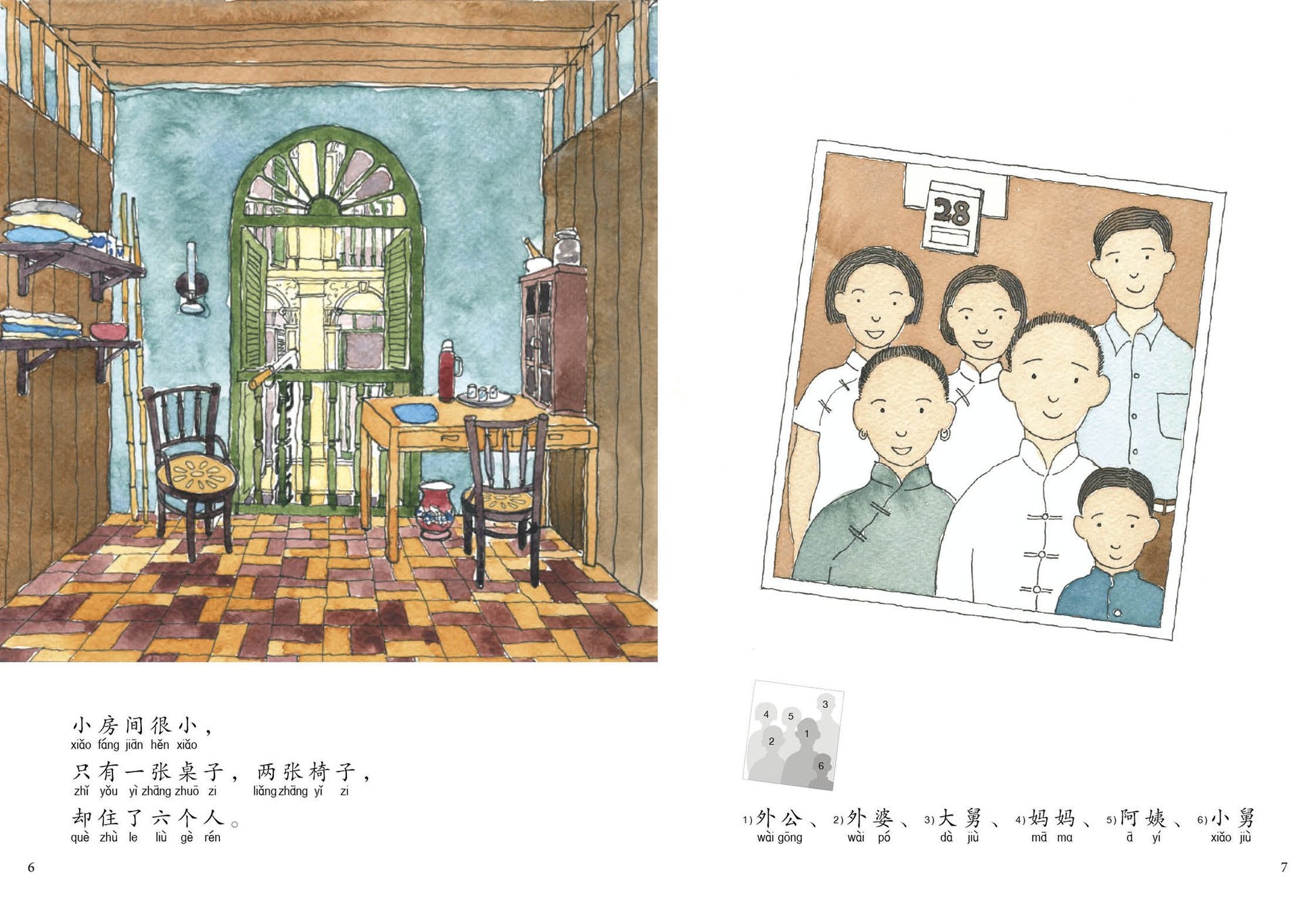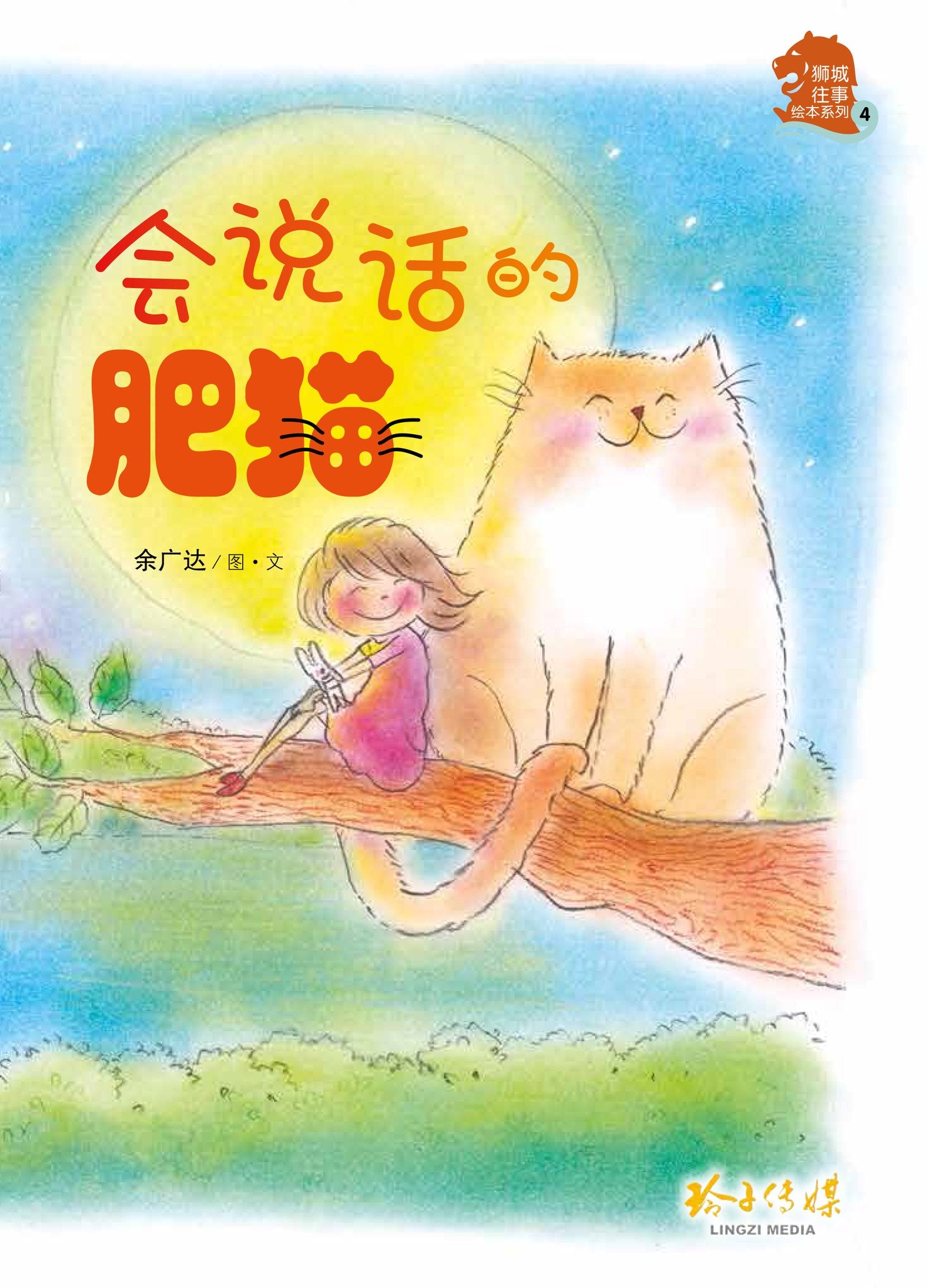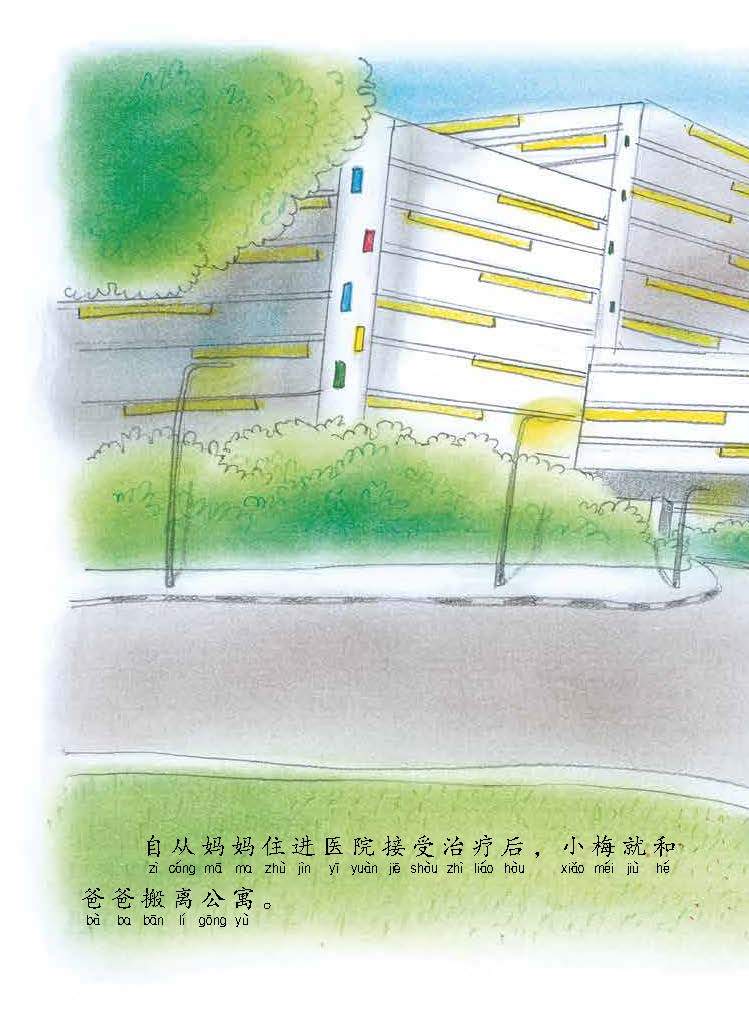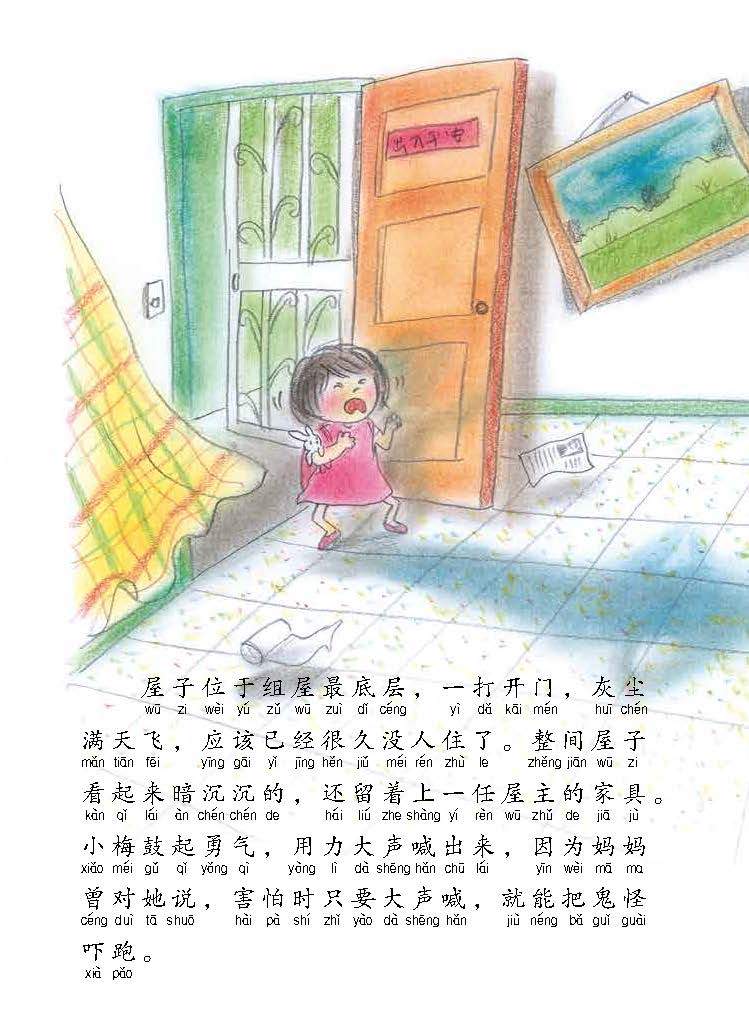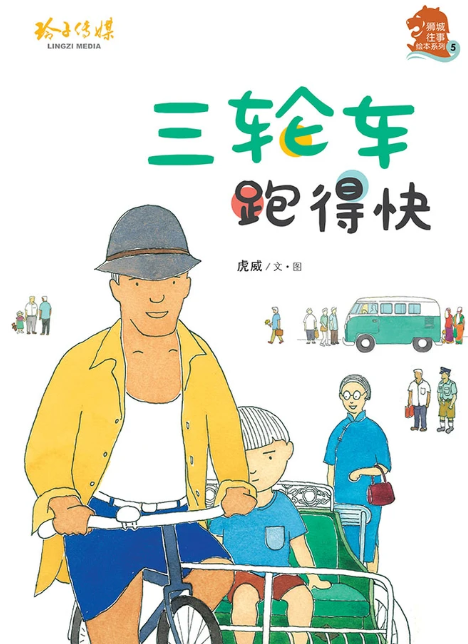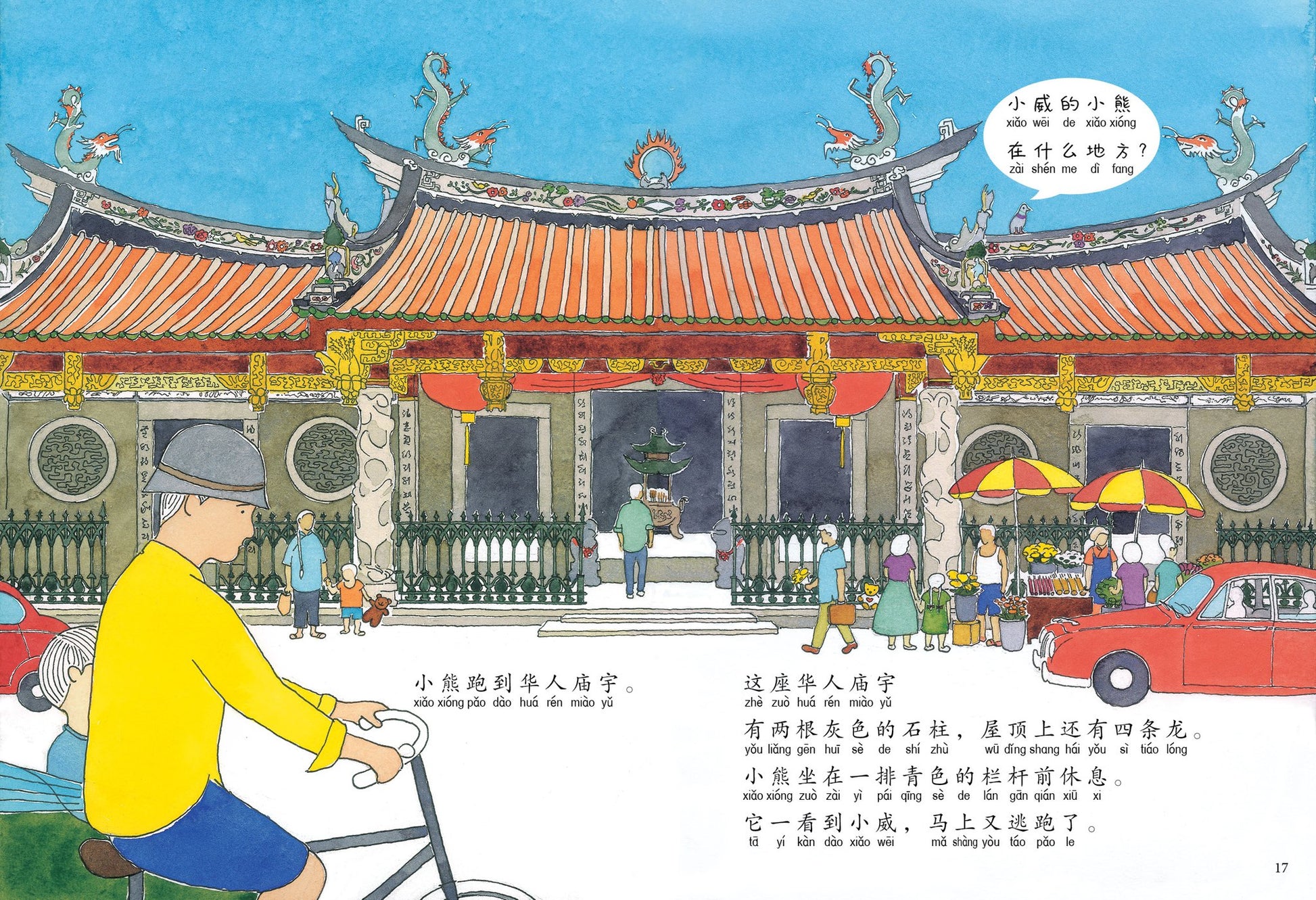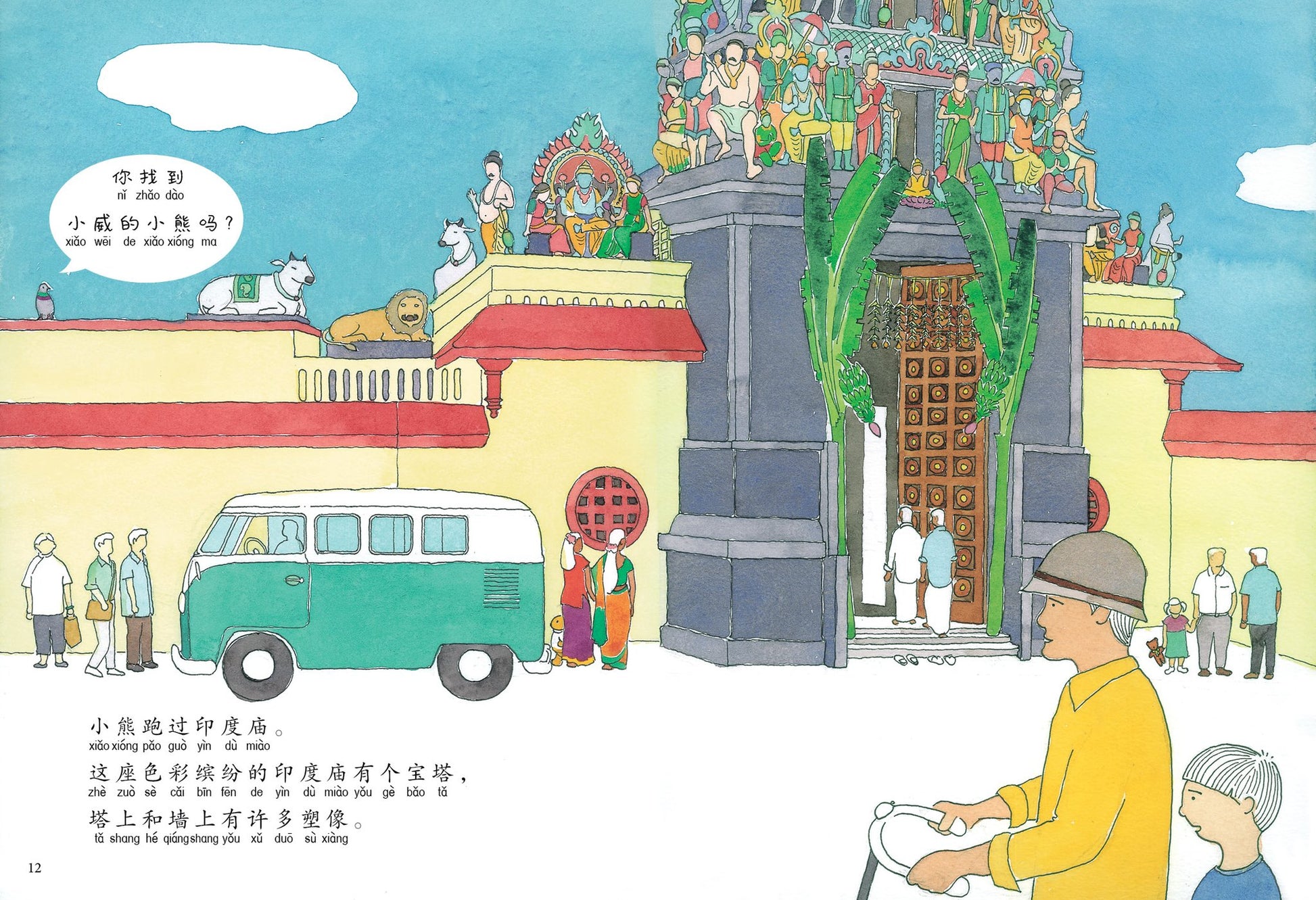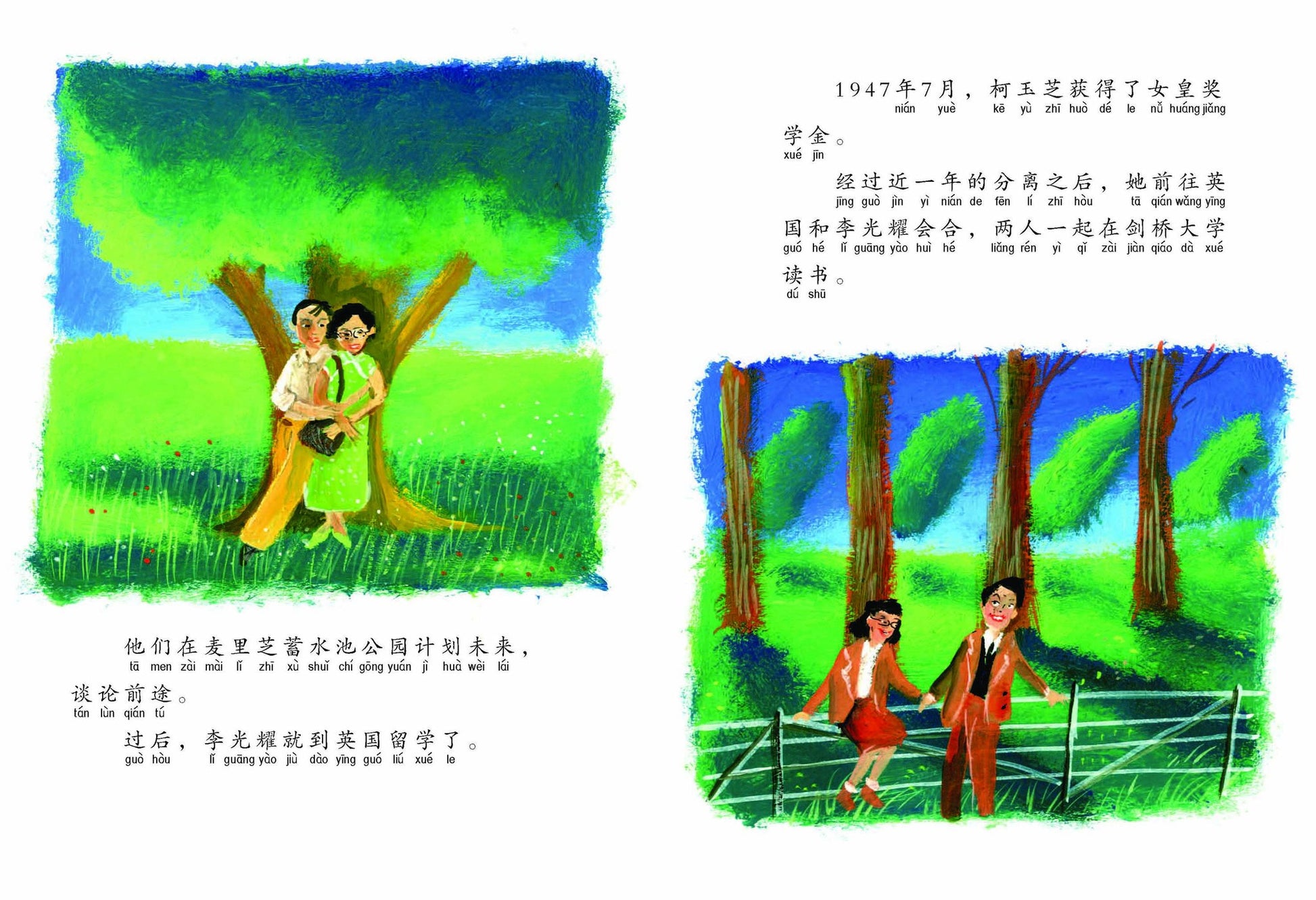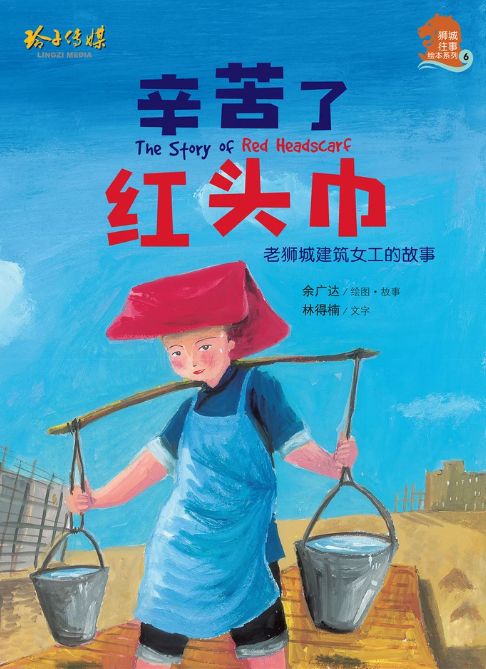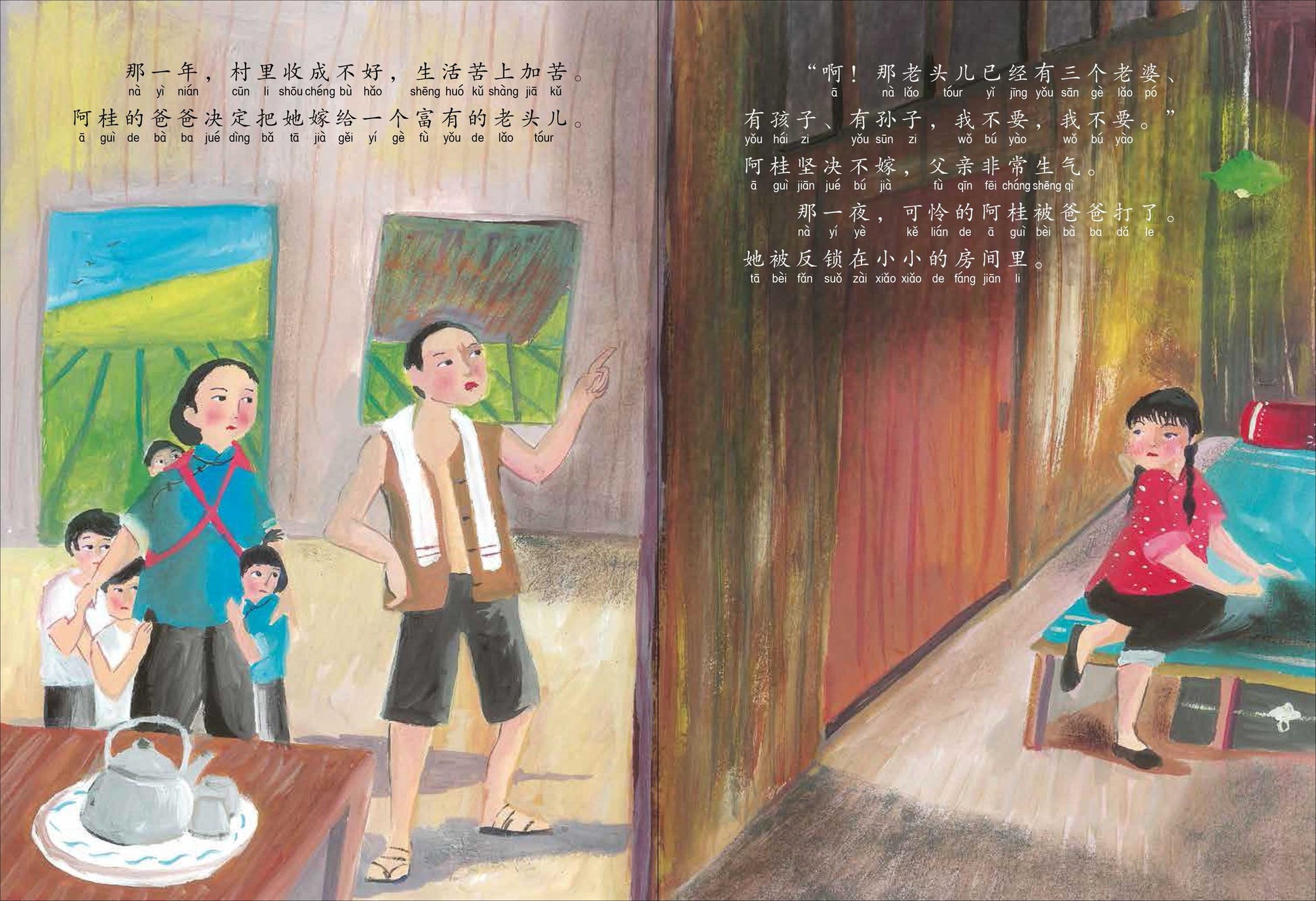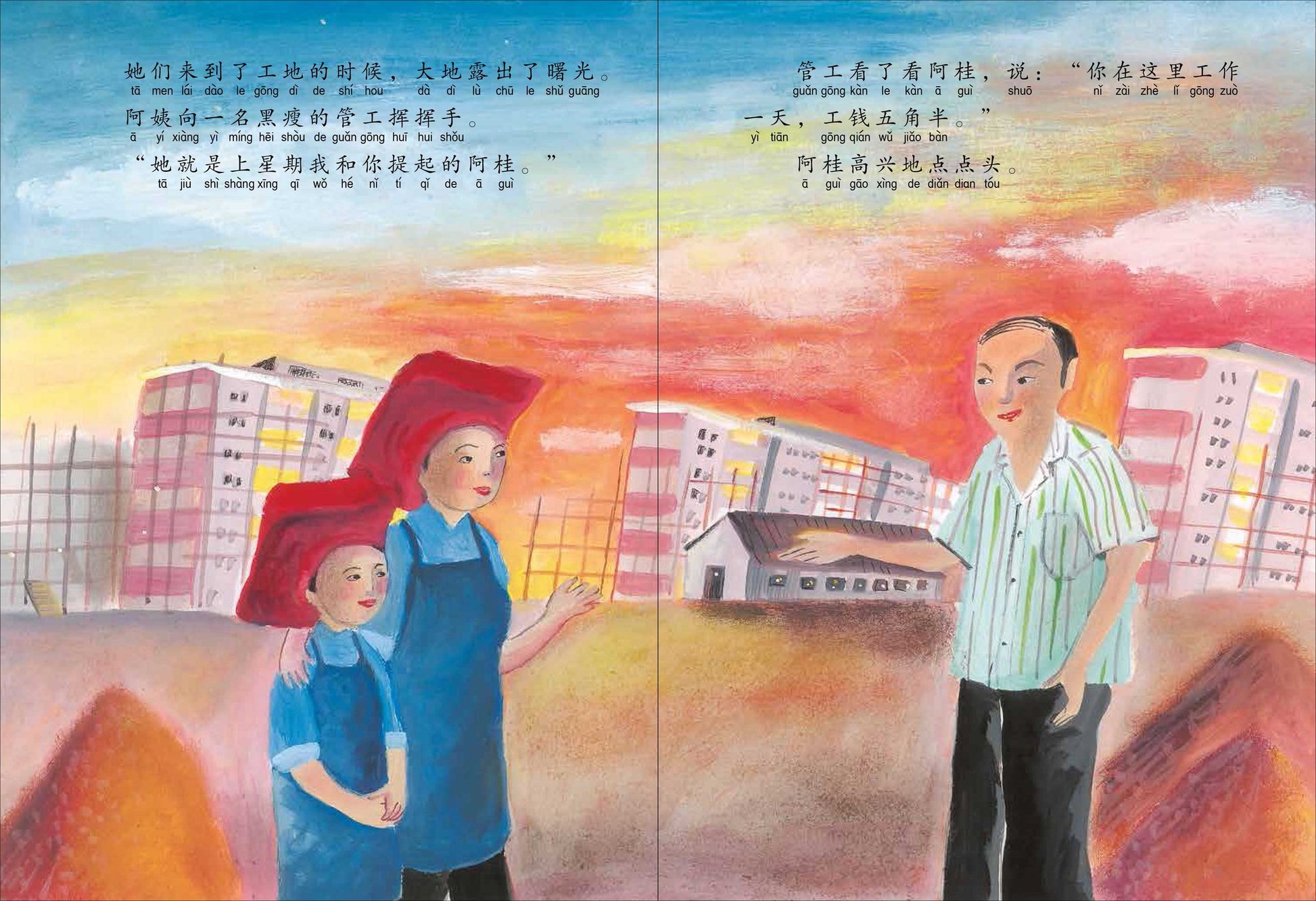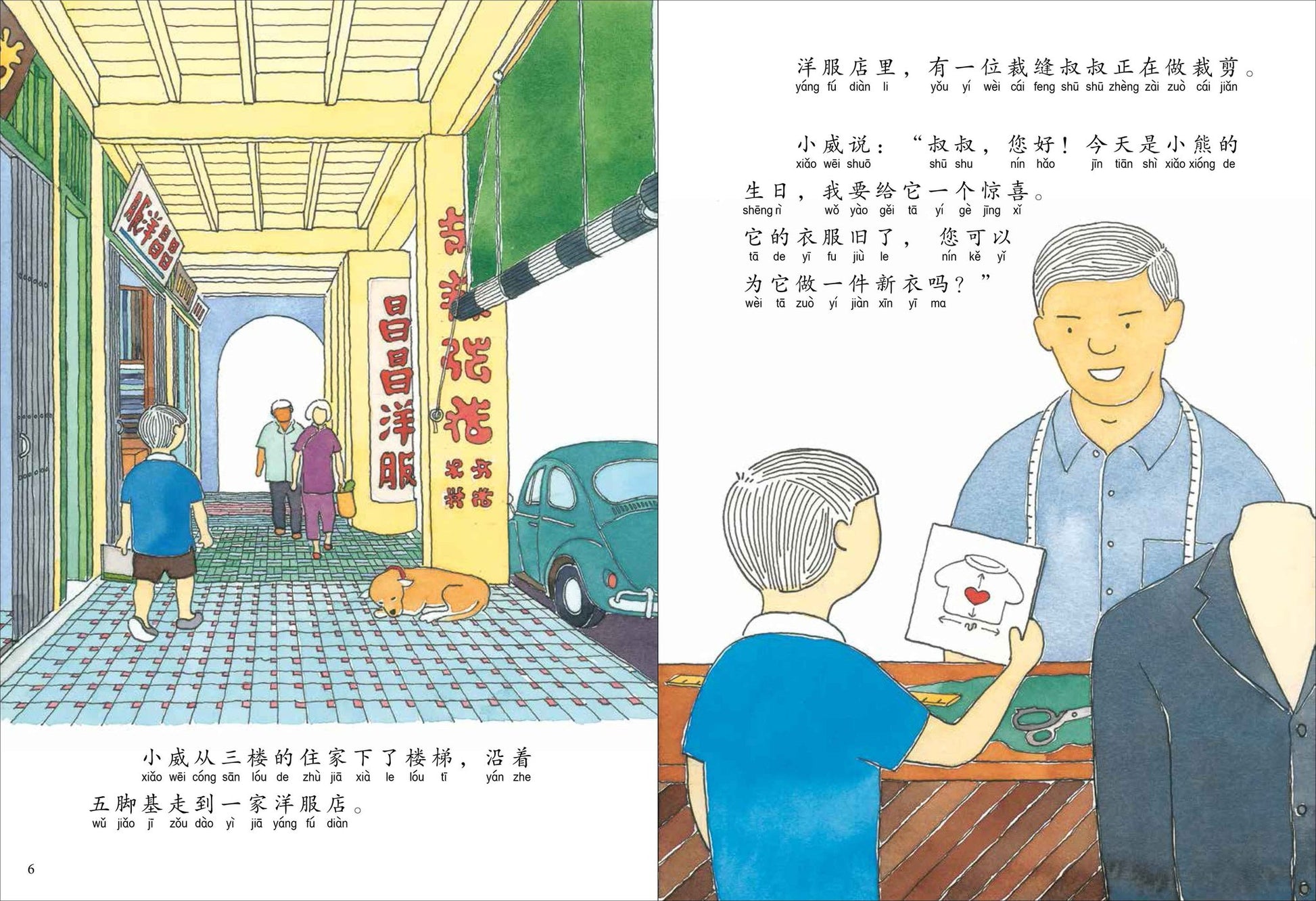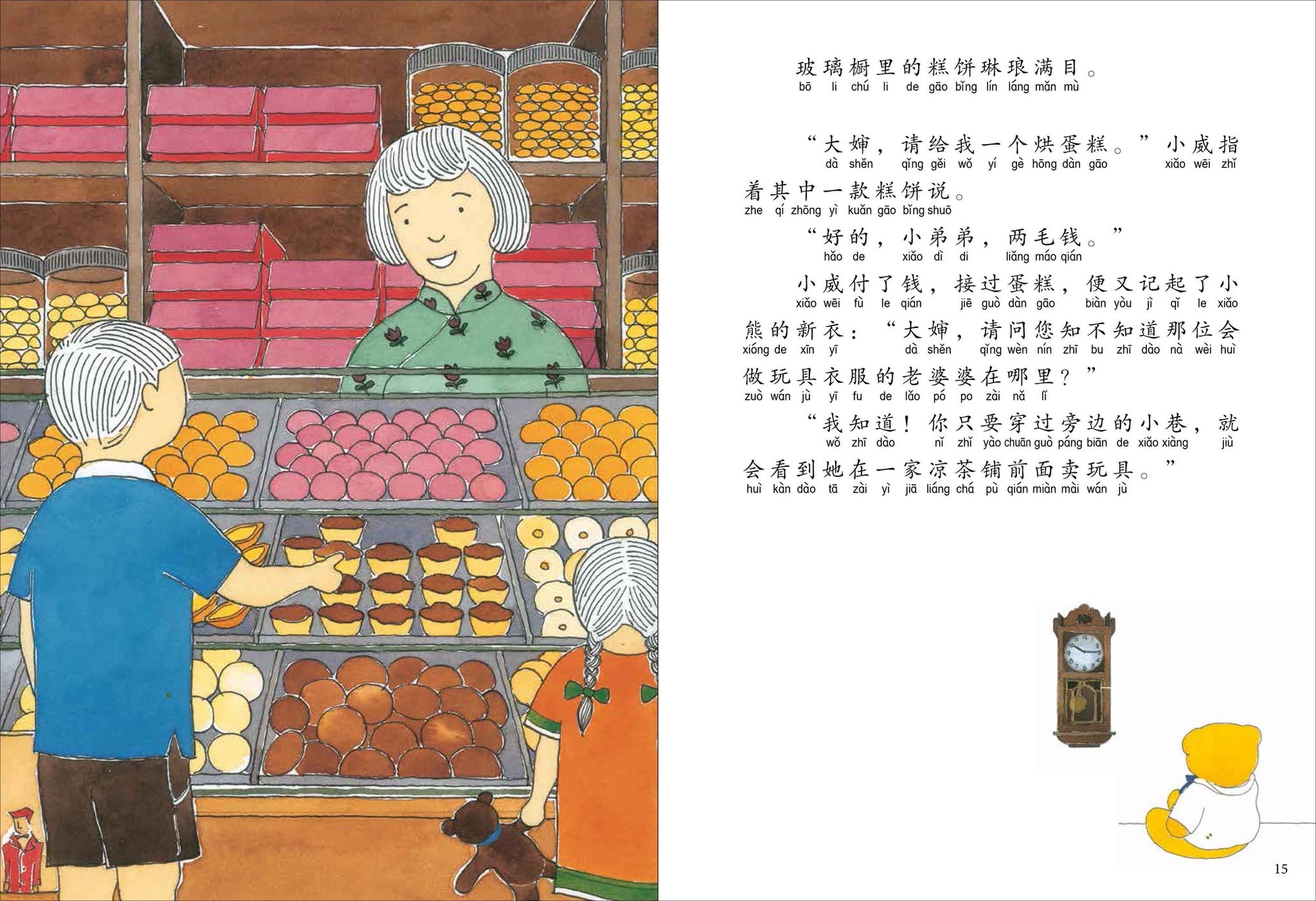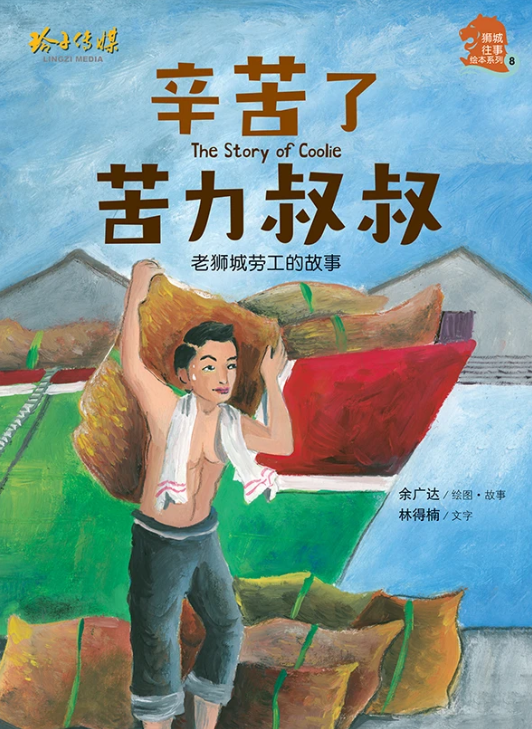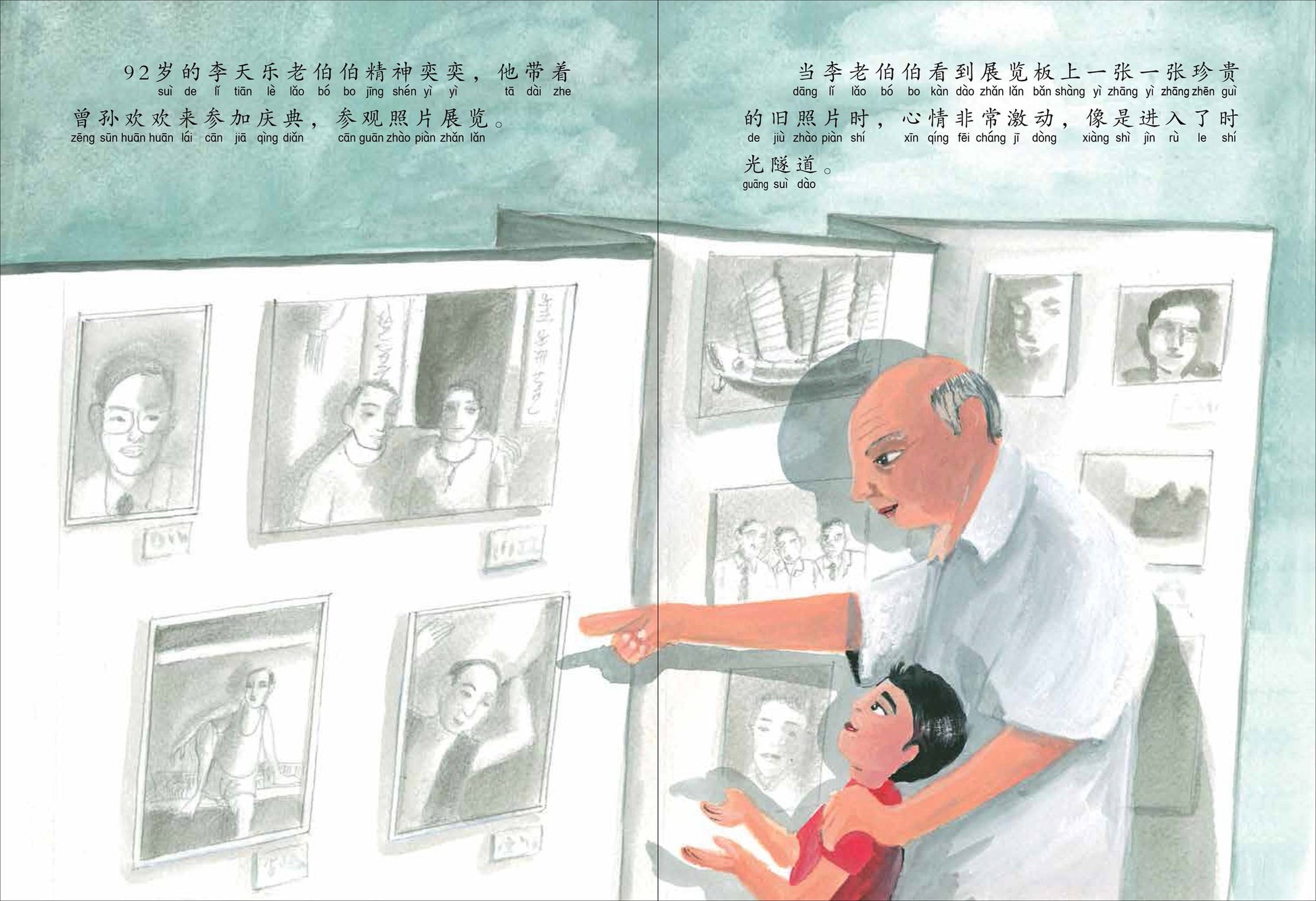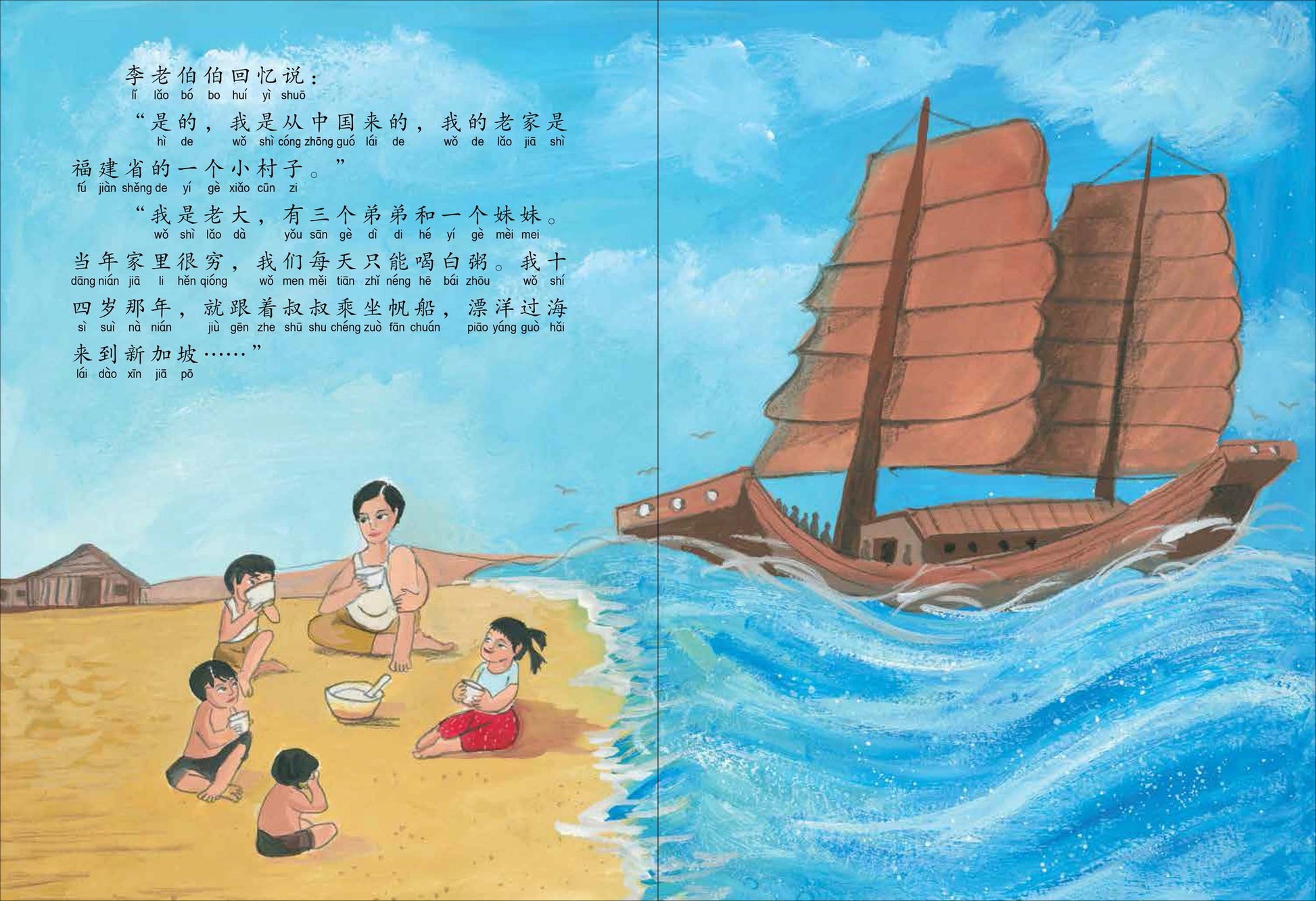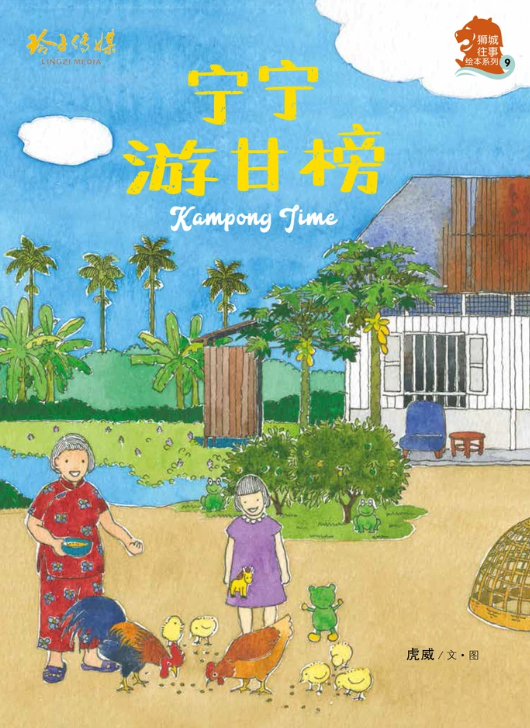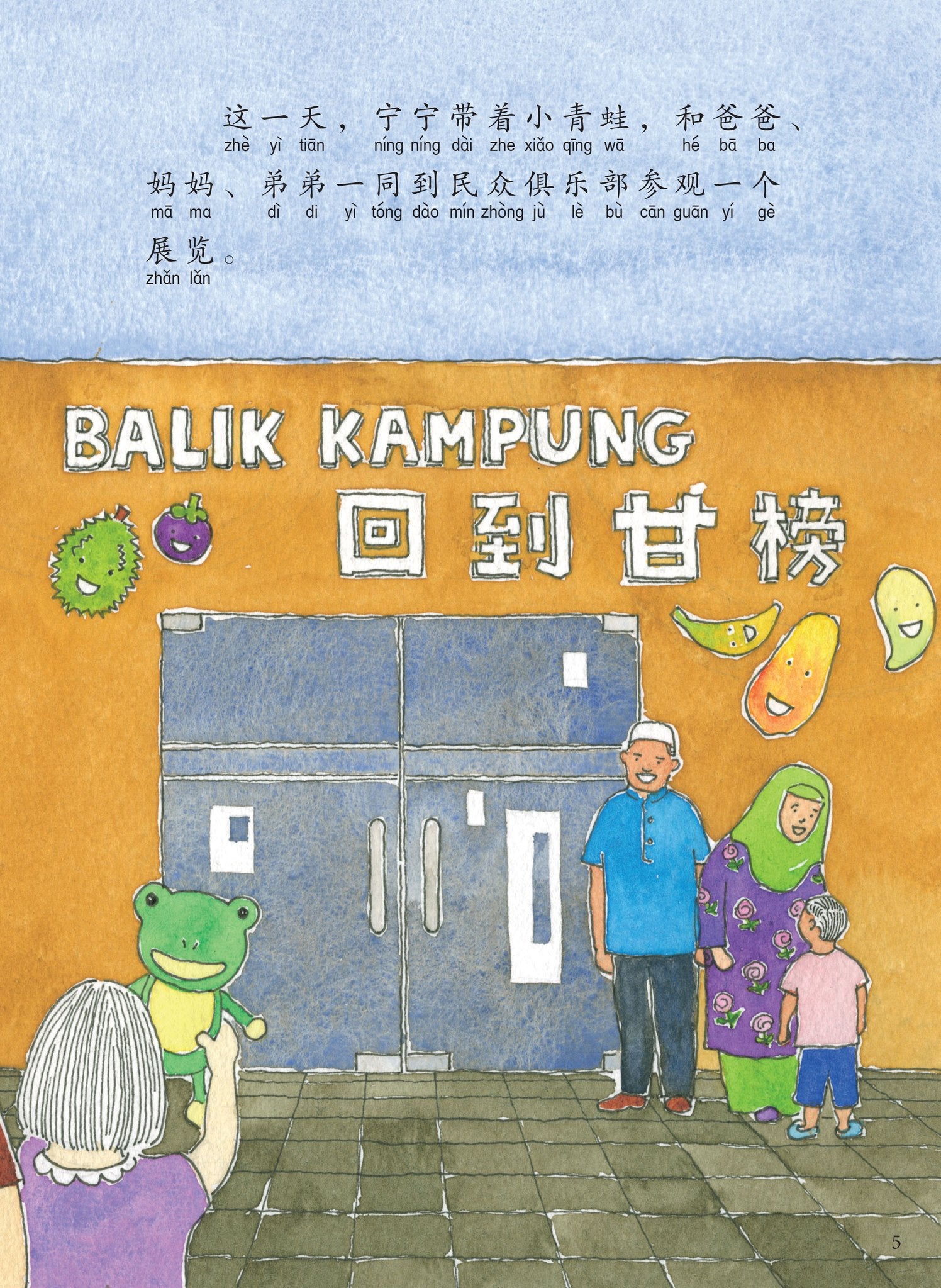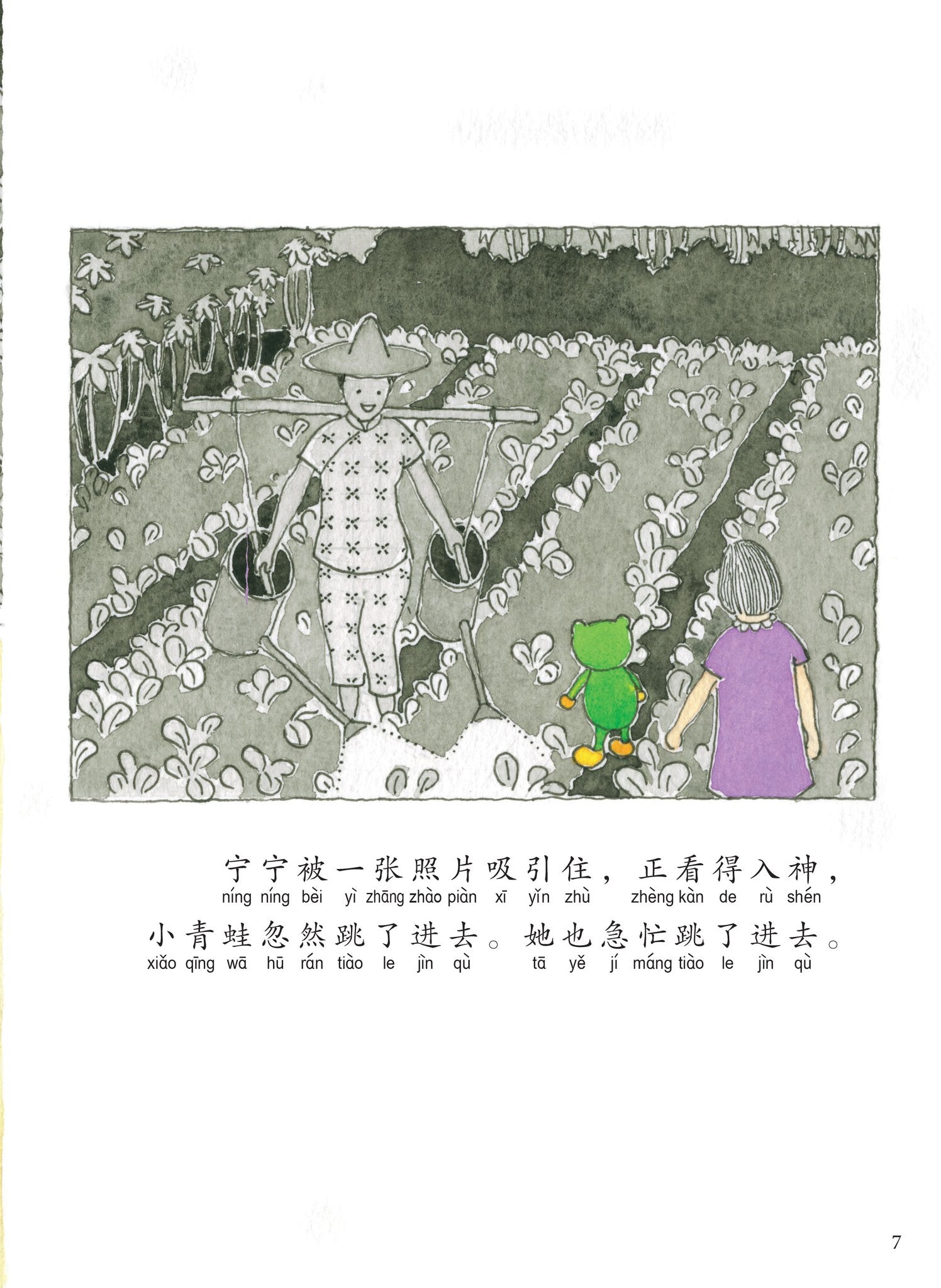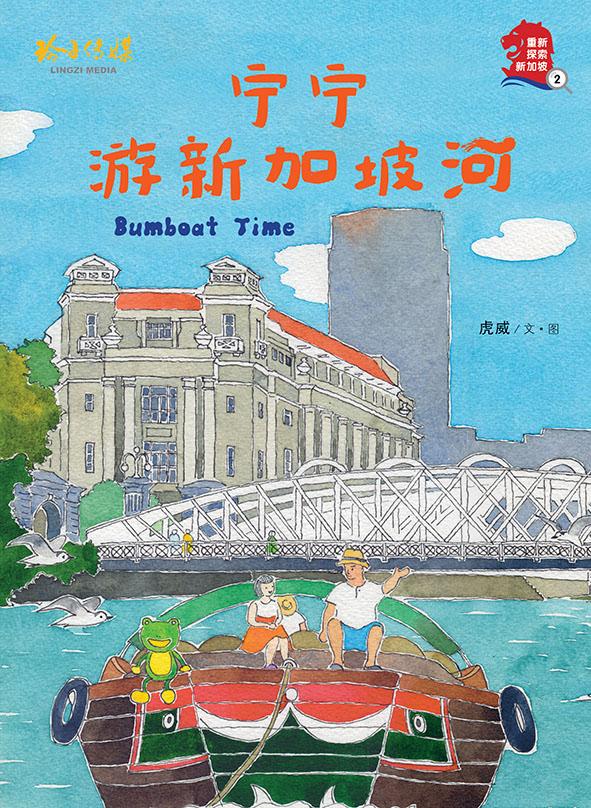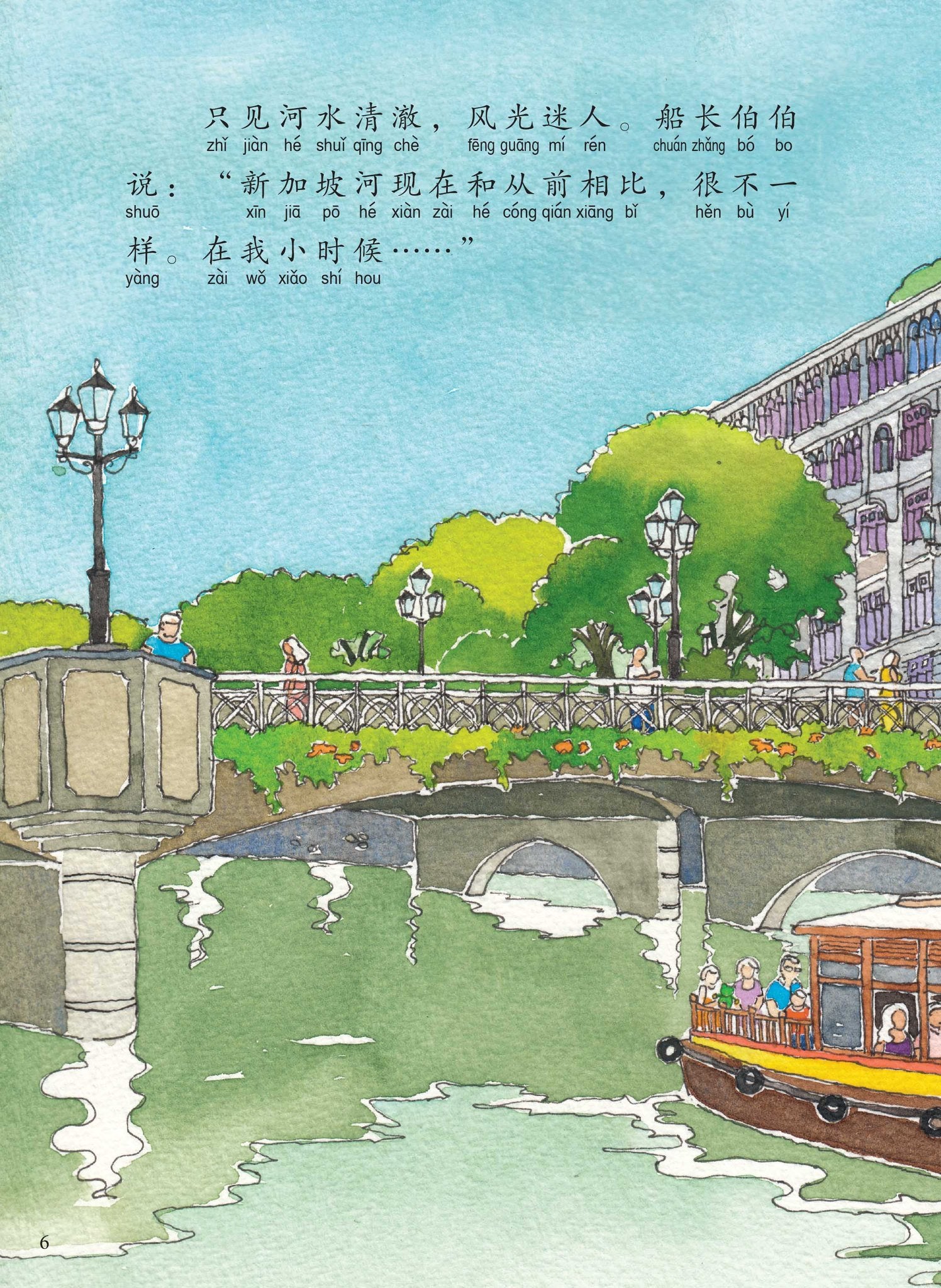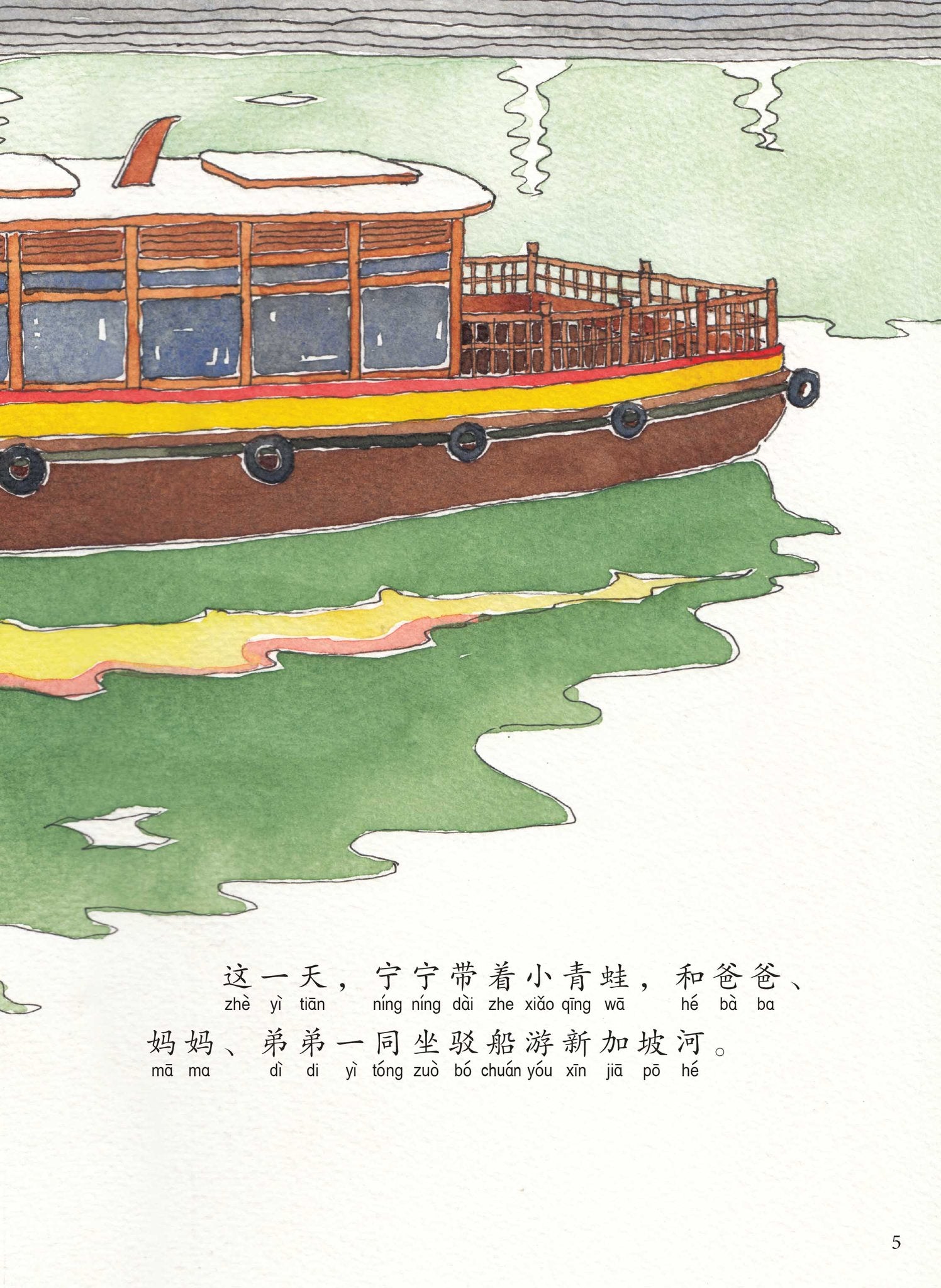狮城往事绘本系列 Singapore Heritage Series
5.0 / 5.0
(8) 8 total reviews
Notify When Available
More copies are on the way!
Subscribe to our Telegram Channel for real-time updates when products are back in stock. Alternatively, receive an email notification as soon as this product is available again.
Couldn't load pickup availability
Share
Introducing a collection of books all about our local heritage.
1. 妈姐的金鱼灯笼 The Story of Majie
2. 爱的故事:李光耀与柯玉芝 A Love Story: Lee Kuan Yew and Kwa Geok Choo
3. 外公的小房间 Grandpa's Little Room
4. 会说话的肥猫 The Talking Fat Cat
5. 三轮车跑得快 Go Trishaw Go
6. 辛苦了红头巾 The Story of Red Headscarf
7. 小熊的新衣 The Little Bear's New Clothes
8. 辛苦了苦力叔叔 The Story of Coolie
9. 宁宁游甘榜 Kampong Time
10. 宁宁游新加坡河 Bumboat Time
What we love about this series
- Features Singapore's heritage
- Shows people's everyday lives in vivid ways
- Introduce traditional occupations in Singapore that are no longer seen today
- Has hanyu pinyin aid - making the books accessible to readers of all abilities, even for kids to read independently!
- Has character-building themes of familial love, friendship, grit, overcoming the odds, gratefulness and more
- Contains descriptive phrases that we can learn together with our children, and use it to add depth to our daily conversations
- can be paired with other things, like what kids learn in school, or related field trips to local museums etc to enrich the learning experience!
Here is a peek into some of these books we've grown to love!
妈姐的金鱼灯笼 The Story of Majie
A moving story of the bond between a 妈姐 and the boy whom she took care of since he was young. She is likely serving a family which is very well-to-do in olden Singapore. This is different from other books in this series that portray people from families that struggle economically to survive.
What we like:
This book is so touching! Several mums shared that this book moved them to tears. It is suitable to read during Mid-Autumn Festival too.
What we learnt:
About 梳起 - that 妈姐 pledge to be celibate and devote themselves to serving the family.
离乡背井
Descriptive words 好词好句:
无微不至
Extension activities:
Visit the National Museum of Singapore's Modern Colony Gallery on Level 2 - to see real artefacts of personal belongings and clothes of Majies in the past!
爱的故事:李光耀与柯玉芝 A Love Story: Lee Kuan Yew and Kwa Geok Choo
This book documents the milestones in the love story of Lee Kuan Yew, founding father of modern Singapore, and his wife Kwa Geok Choo. 所谓成功的男人背后,有个伟大的女人.
What we like:
It’s based on the life story of real people! We had interesting conversations about the love story between hubby and myself, what year we met, what we did and where we went when dating, when we got married and had kids. Also interesting to think and guess what could happen in the future!
What we learnt:
人有悲欢离合。
Two is better than one.
That our previous prime minister is LKY’s son. Kids were surprised - we actually mentioned this fact to them several times over the years but in this book they finally see the connection!
That age is the difference between the year at that point and the person’s birth year.
The kids repeatedly did mental math to try to find out how long did they date before getting married, how many years were they married before having kids, how many years longer did LKY live after his wife passed away etc - their way of making sense of the story.
外公的小房间 Grandpa's Little Room
A little boy’s mum tells him about a little room her family used to stay, in Chinatown.
What we like:
Very interesting look at life in the past. We love poring over all the little details! The illustrations in this title are just awesome.
Conversations we had:
The room that they stayed in, is probably the size of a modern HDB master bedroom, but was the only place they had. In the daytime, Grandpa practised Traditional Chinese Medicine and would see patients in the room. Grandma would do sewing jobs做针线活, and Mum would study. At night the family of 6 slept together packed like sardines, with little room to stretch around, let alone have any privacy! They likely didn’t have blankets nor comfortable pillows, only porcelain blocks to rest papa and mama’s heads. They had no door, just a piece of cloth for privacy from neighbours. At the top of their walls. There were holes probably for ventilation. We were guessing that it also means that they could possibly hear noises from their neighbours easily, maybe babies crying, people quarrelling or snoring away at night.
外婆 doing 针线活 also appeared in 小熊的新衣! My 6 year old was the one who excitedly discovered the same lady sewing in both books ☺️
The scene of common kitchen and common bathroom was really interesting too! We imagined that it would be crowded to cook in a kitchen with several other people at a time. Maybe they’d need to share pots and pans, knives and other things. What if some people didn’t take care of the common areas? It’d be inconsiderate and affect others. People had to be clean up after themselves to live harmoniously with one another. So it is now in our own family!
The page showing the bathroom is so funny! We would act out the scene. One would be happily showering, with towel and clothes hung over the top of the door (probably no hooks inside), maybe even whistling or singing. Others would be queueing up outside waiting for their turn. The man first in the queue looks like he’s clutching his abdomen and frowning, maybe he’s having a stomachache! Would he be able to hold it in? There’s no choice because there’s only 1 washroom for all to share! Would he bang the door to hurry the person showering? And… what if someone was being cheeky and snatched the towel and clothes when another person was showering inside! 😱
Another page we stop at often, is the scene of flooding. We hear of flooding happening recently in Germany, and all along in other parts of the world. We imagine it will be inconvenient to have floods, and likely have property damaged, daily life and businesses affected. As we walk around in our neighbourhoods today, we see a whole network of small drains and big canals - my kids always point out how the water flow is different in periods of dry spells, normal days, slight drizzling days and days with torrential rains that span over the whole day. We’re grateful that our government has designed ways to prevent flooding while planning and building the city! The kids even asked their grandma whether it used to flood in Singapore when she was young, and listened to her old stories.
My 6 year old’s favourite page is the family portrait, he loves to go through it, to see the numbers indicated and find out who they were. The hanyu pinyin aid helps him to learn their names eg 大舅, 小舅 himself!
We were shocked to find out that my 19-month-old has learnt 大舅,小舅,外婆,外公 effortlessly after hearing us read this particular page over and over again! Just by absorbing!
What we learnt:
It used to flood a lot in Singapore, but not so much now!
Housing options in the past look very different in the past.
Not to take our modern comforts for granted!
辛苦了红头巾 The Story of Red Headscarf
阿桂 comes from Samsui, in the Guangdong Province of China. Born into a farming family. The 7 of them were very poor and ate white porridge with soya sauce daily. One year, the harvest was exceptionally poor, and 阿桂's dad decided to marry her off to a rich man (only that he already had 3 wives, many children and grandchildren!). When she refused, her dad beat her up and locked her in a small room. Her mum decided to send her to Singapore at a young age to work. When she arrived, she stayed with her aunt above some shophouses in Chinatown, along with other Samsui women who came to Singapore (then called Nanyang) to earn money to send back to their families back home in China).
What we learnt:
Their red headdress was made using a piece of red cloth, that could protect them from the hot sun, keep their hair neat - and the eye-catching color reduced the chances of accidents happening at the construction site.
What we like about it:
It was eye-opening to see the struggles that poor farming families had, which led to many Chinese women coming over to Singapore to work so they could send money back. Such conversations are precious!
Some words we learnt while reading these books:
- 刻苦耐劳
- 不屈不挠
- 满头大汗,全身疼痛,口干舌燥
Format: Softcover
Sharing some videos that can help us deepen our understanding of our past!
References / Further reading:
- https://eresources.nlb.gov.sg/infopedia/articles/SIP_795_2005-01-18.html

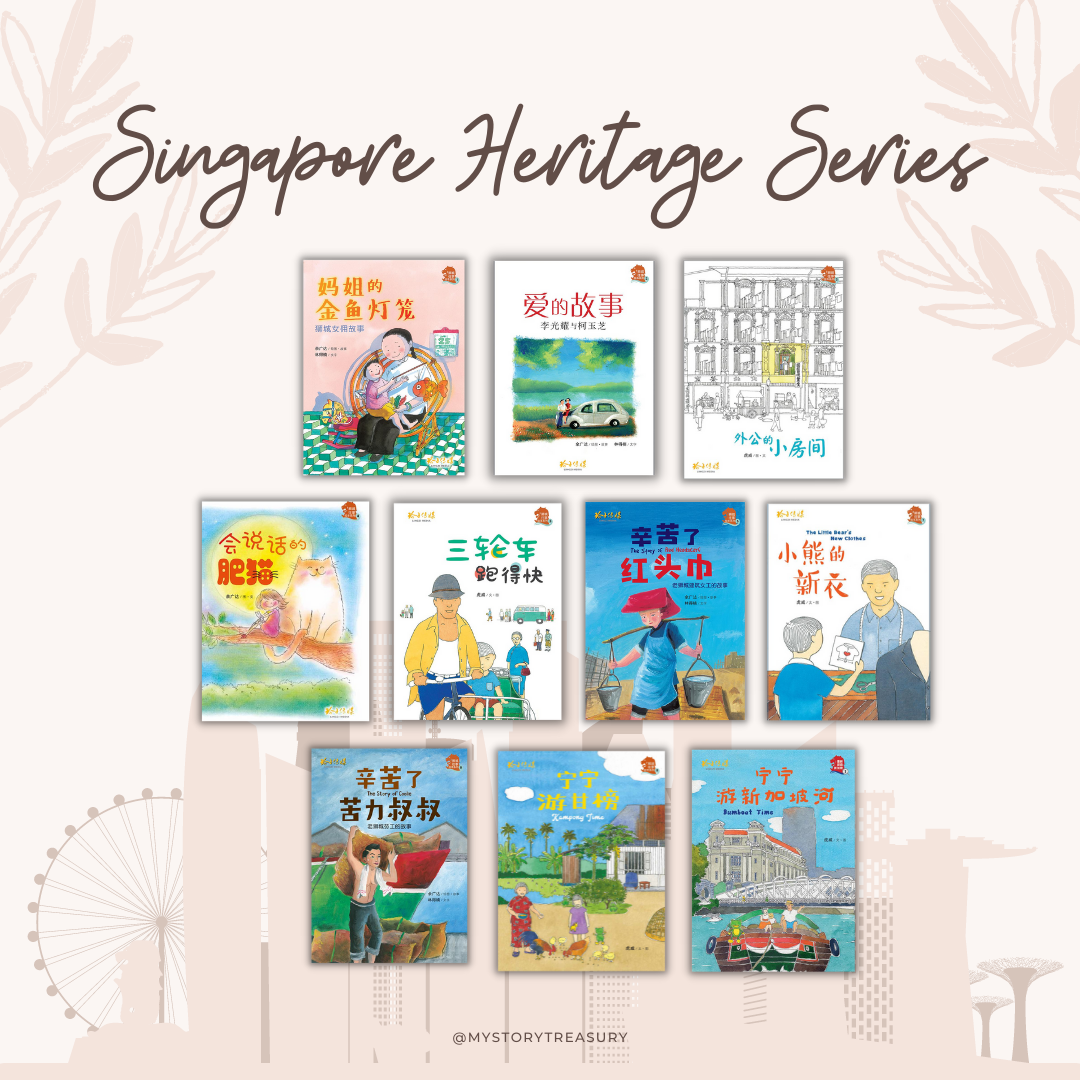
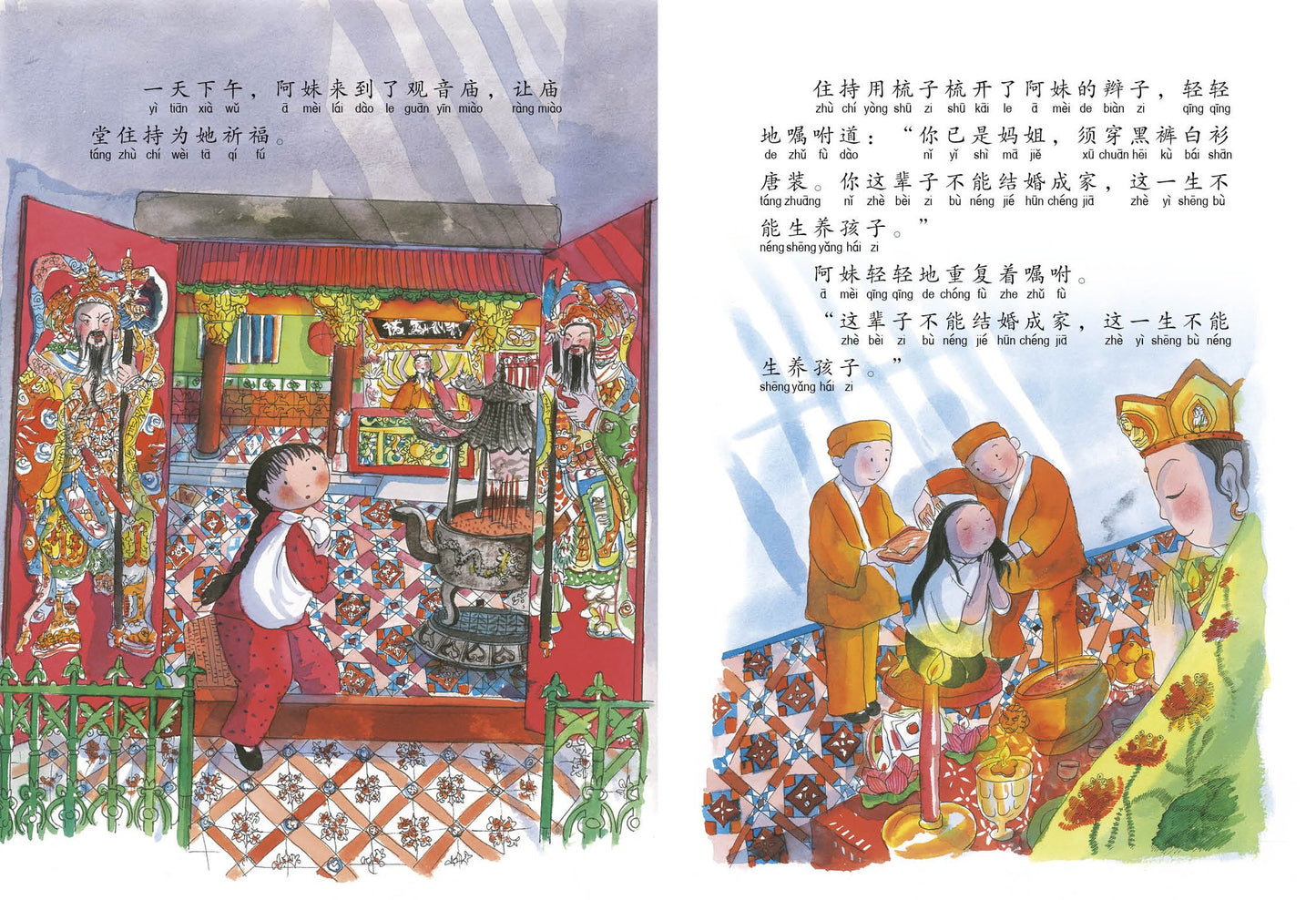
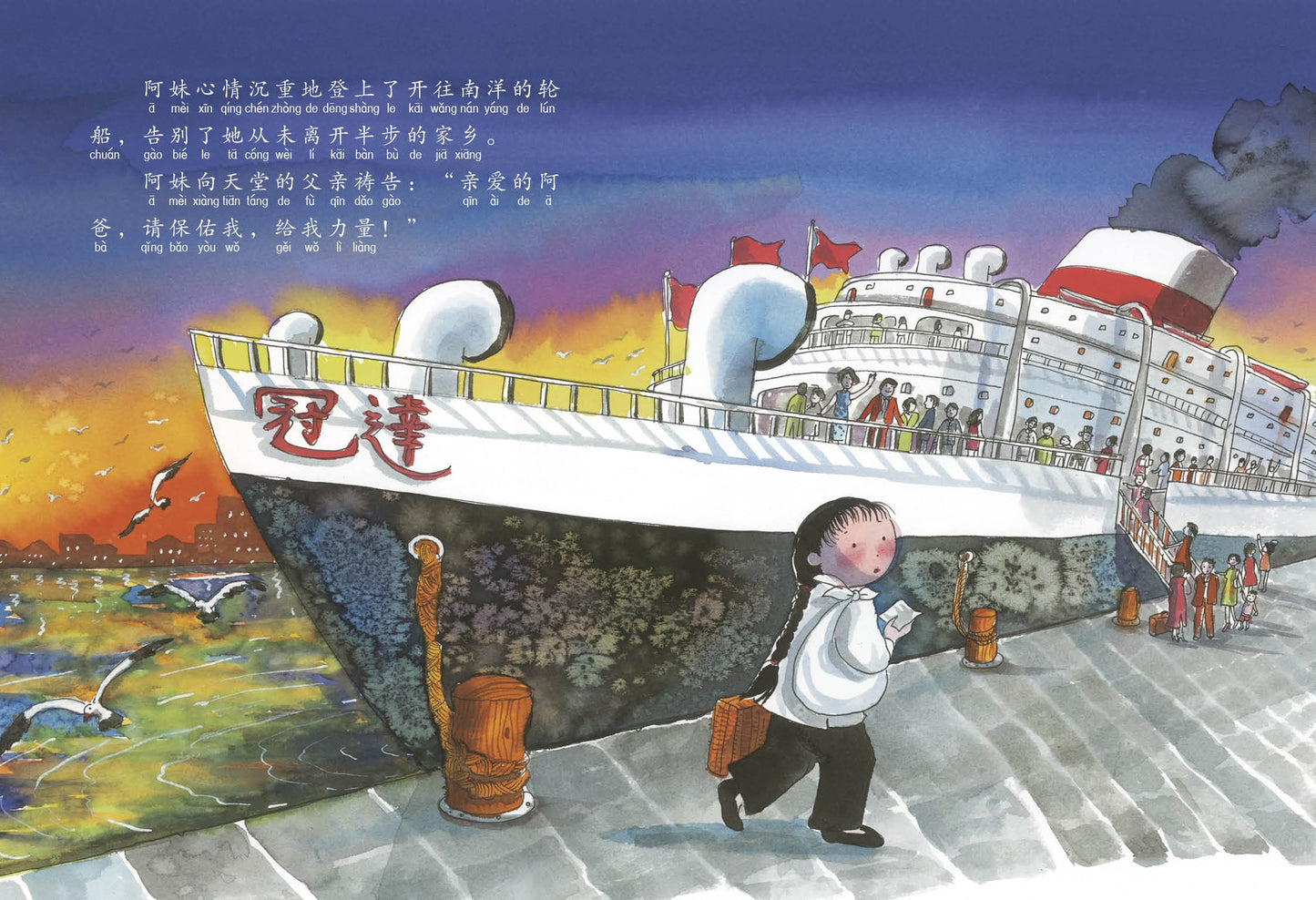
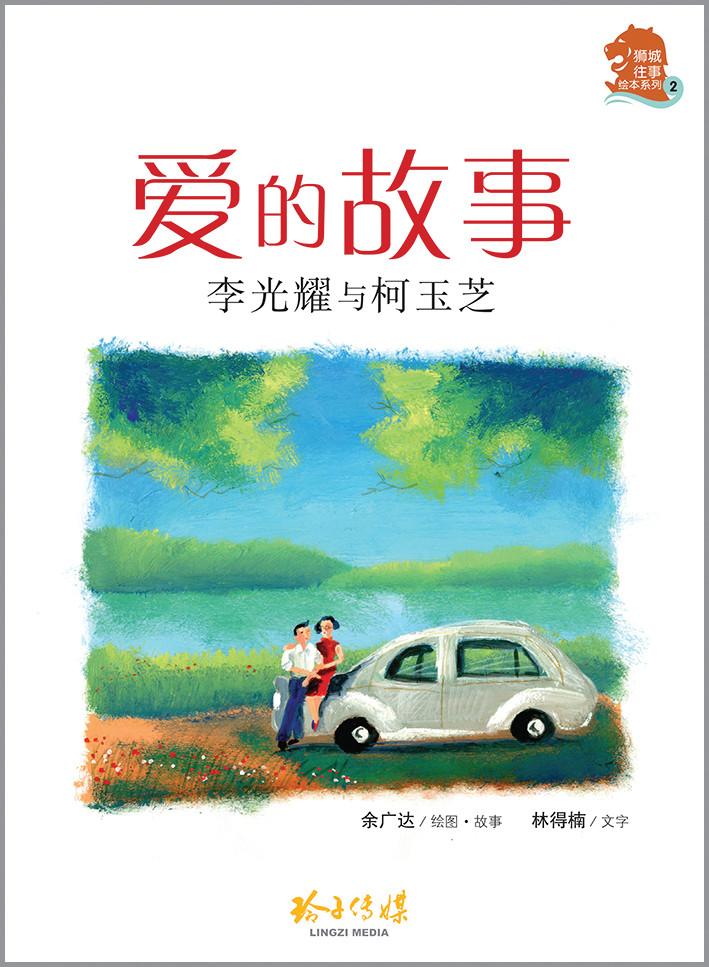
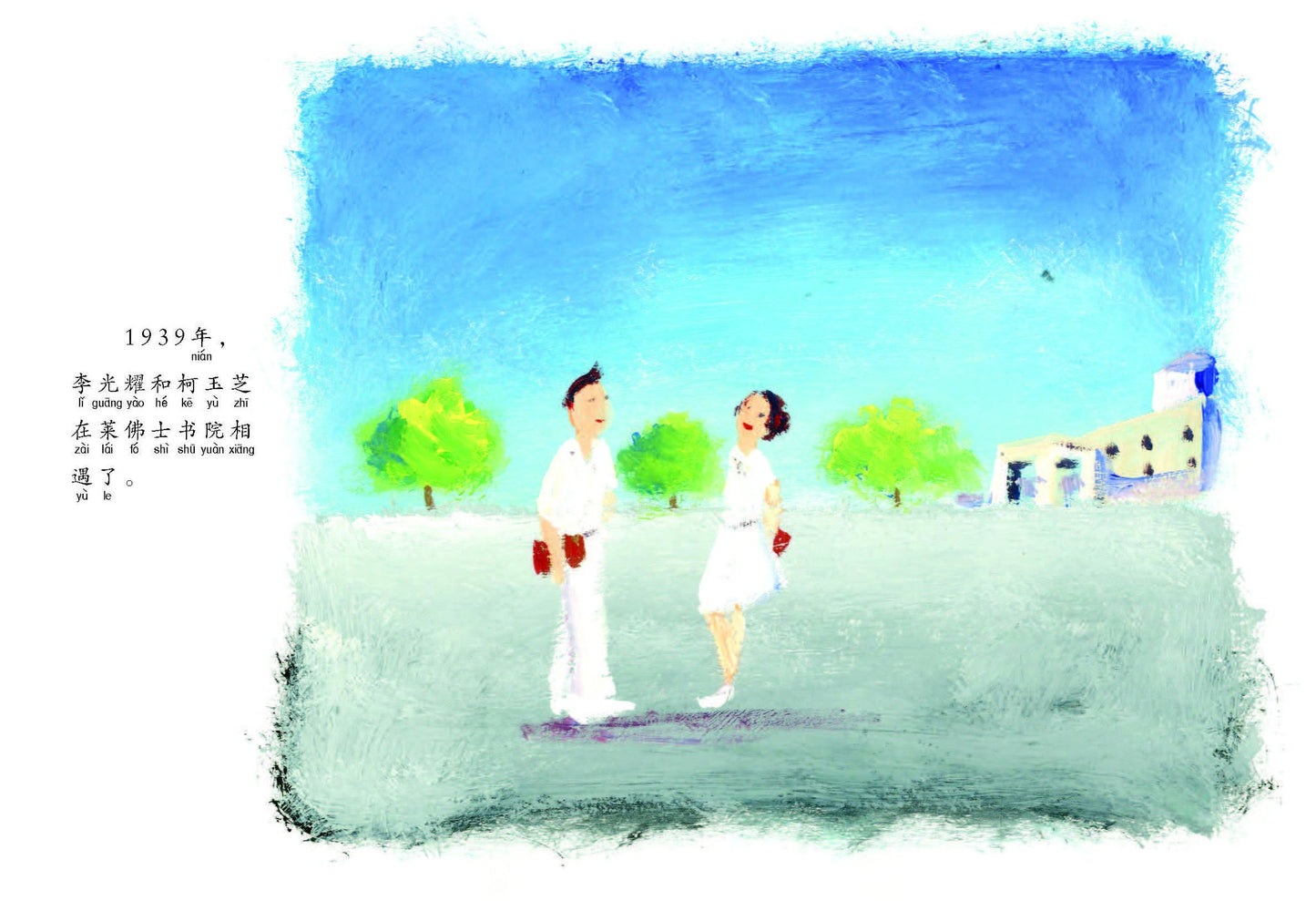
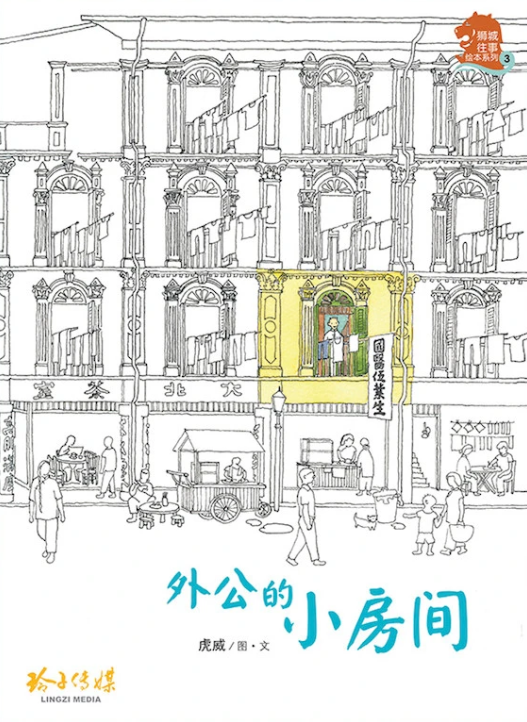
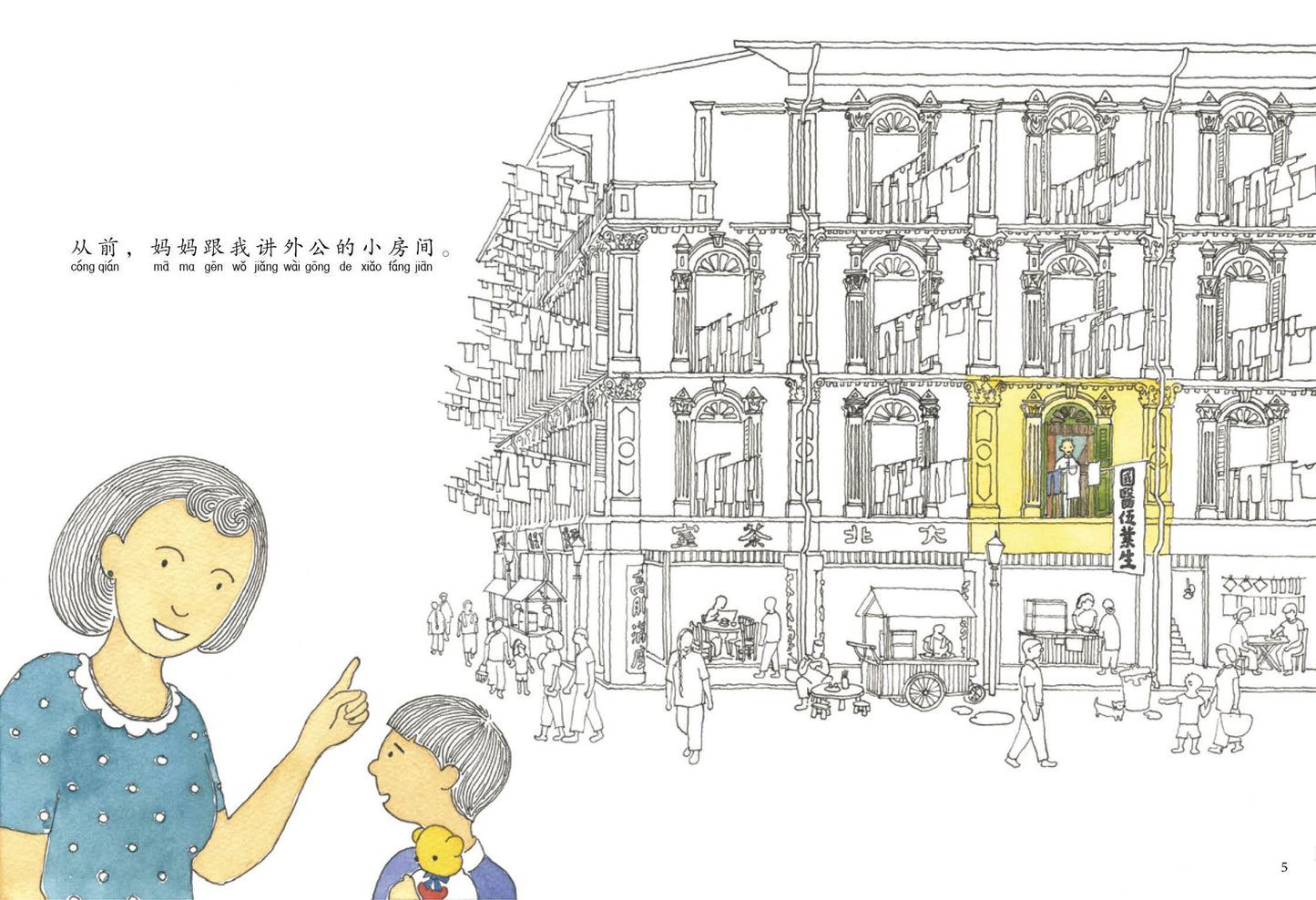

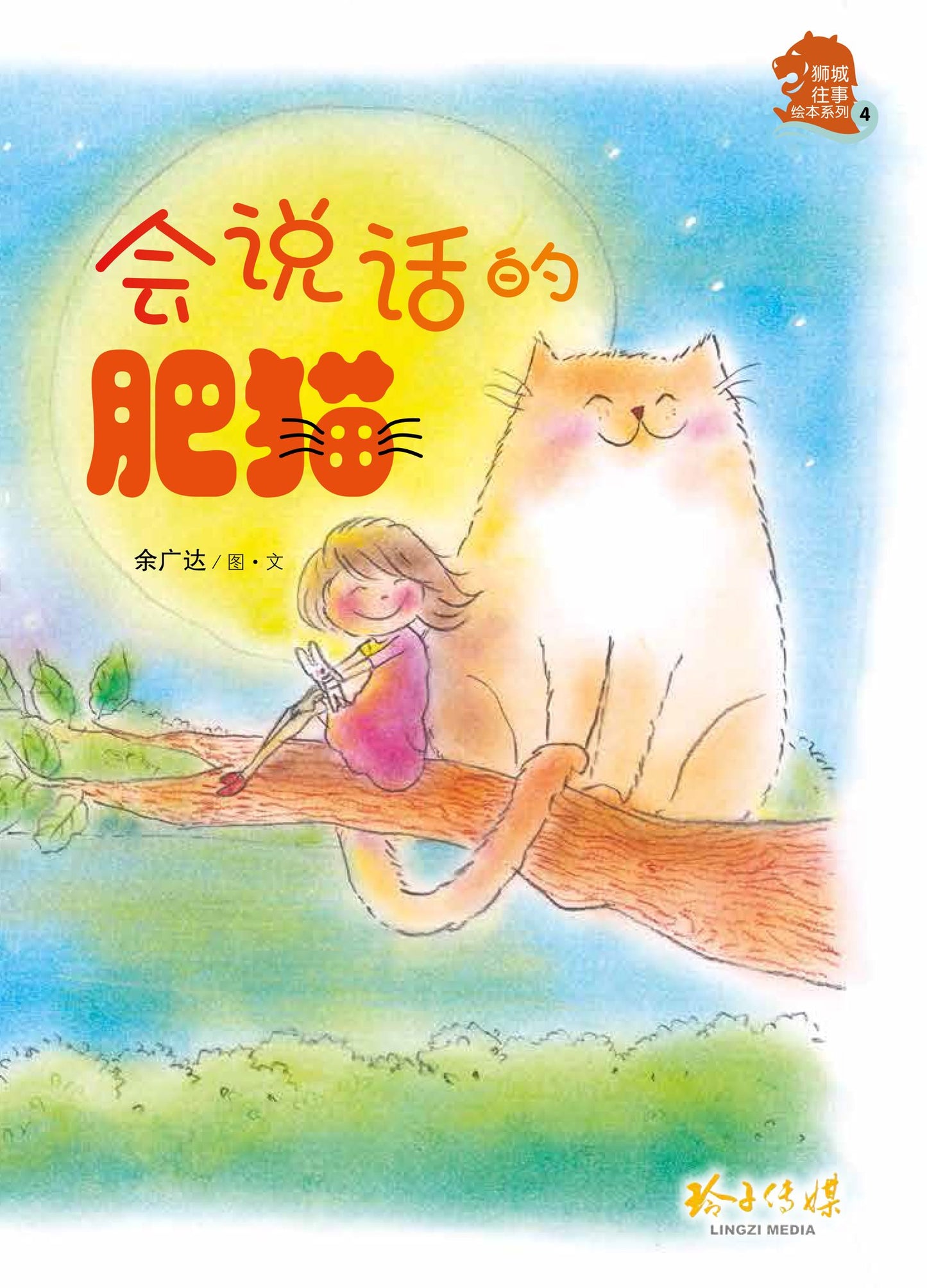

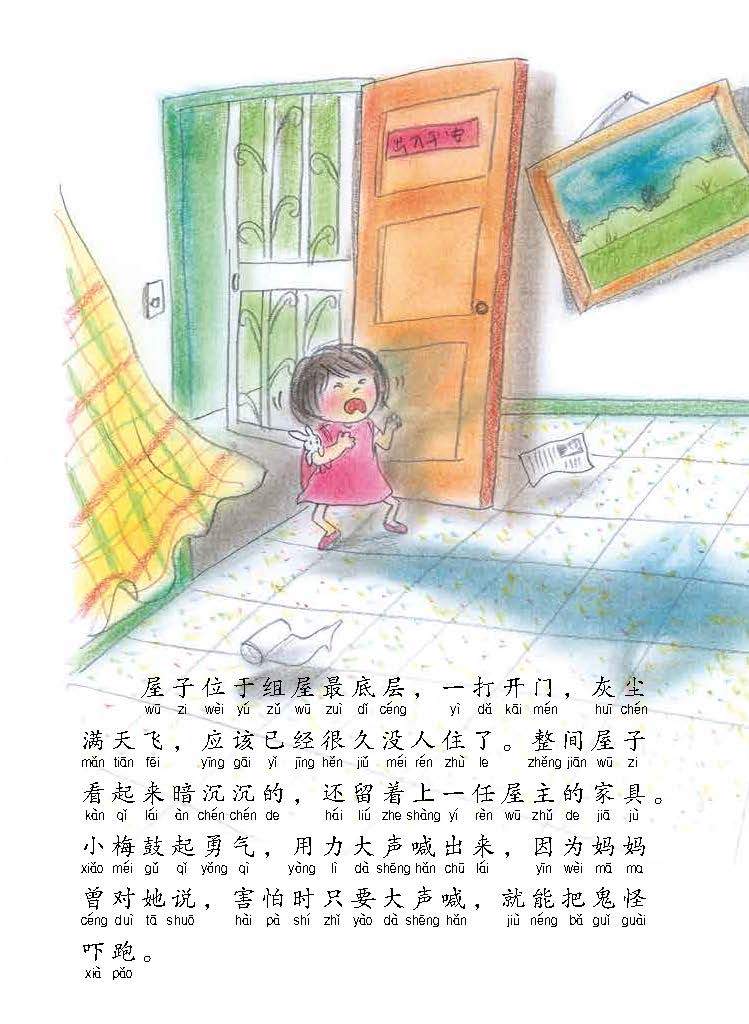
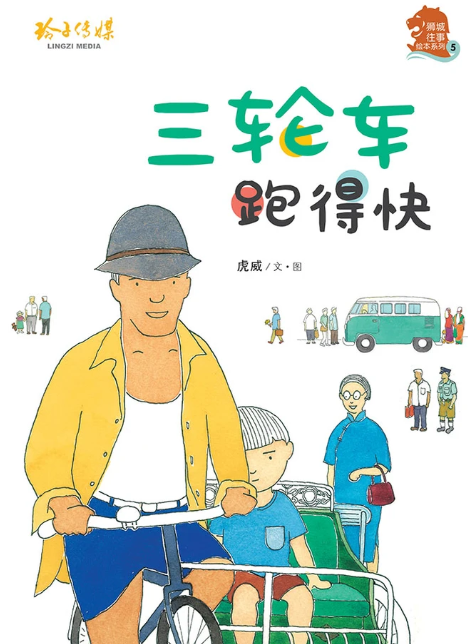
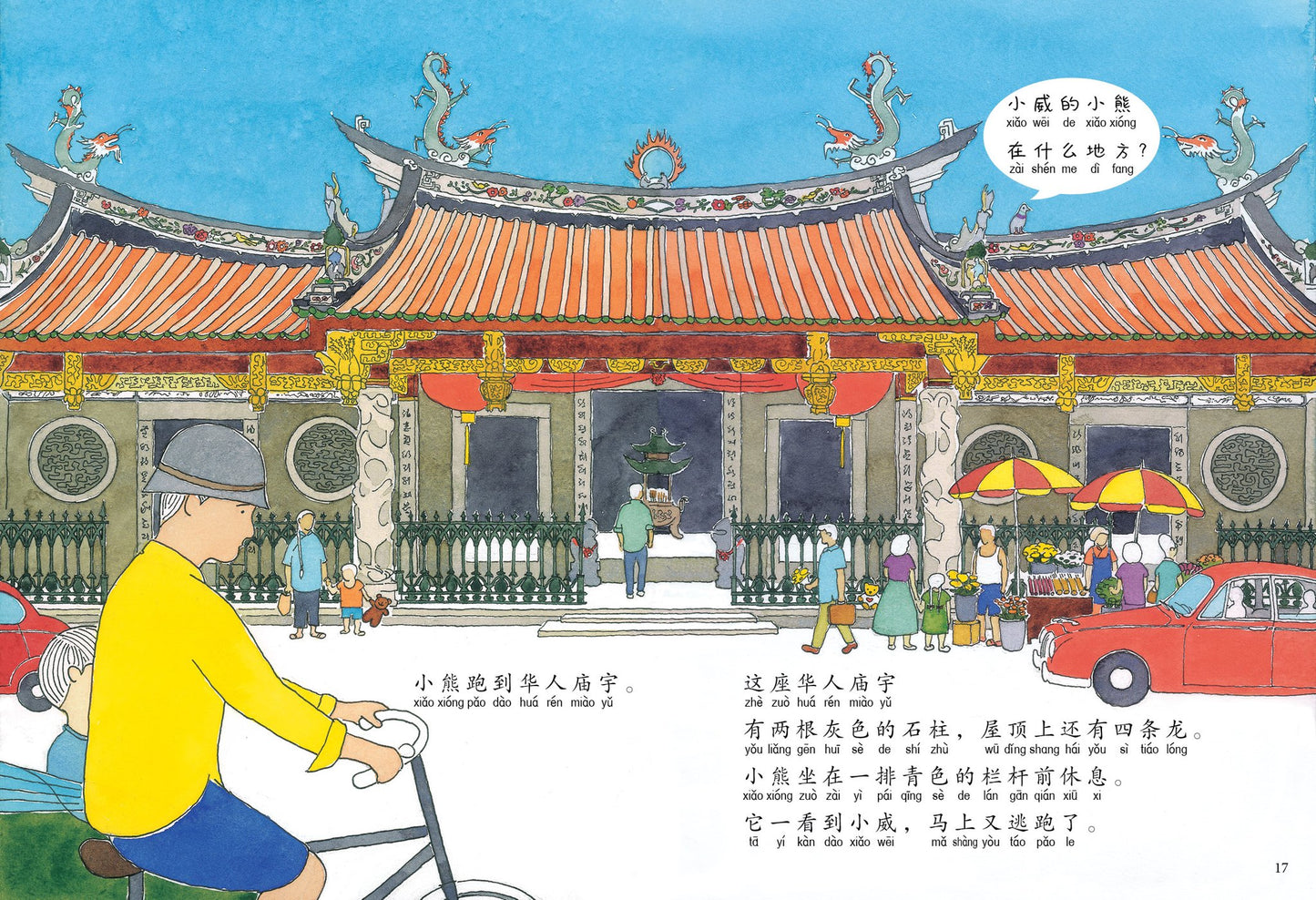
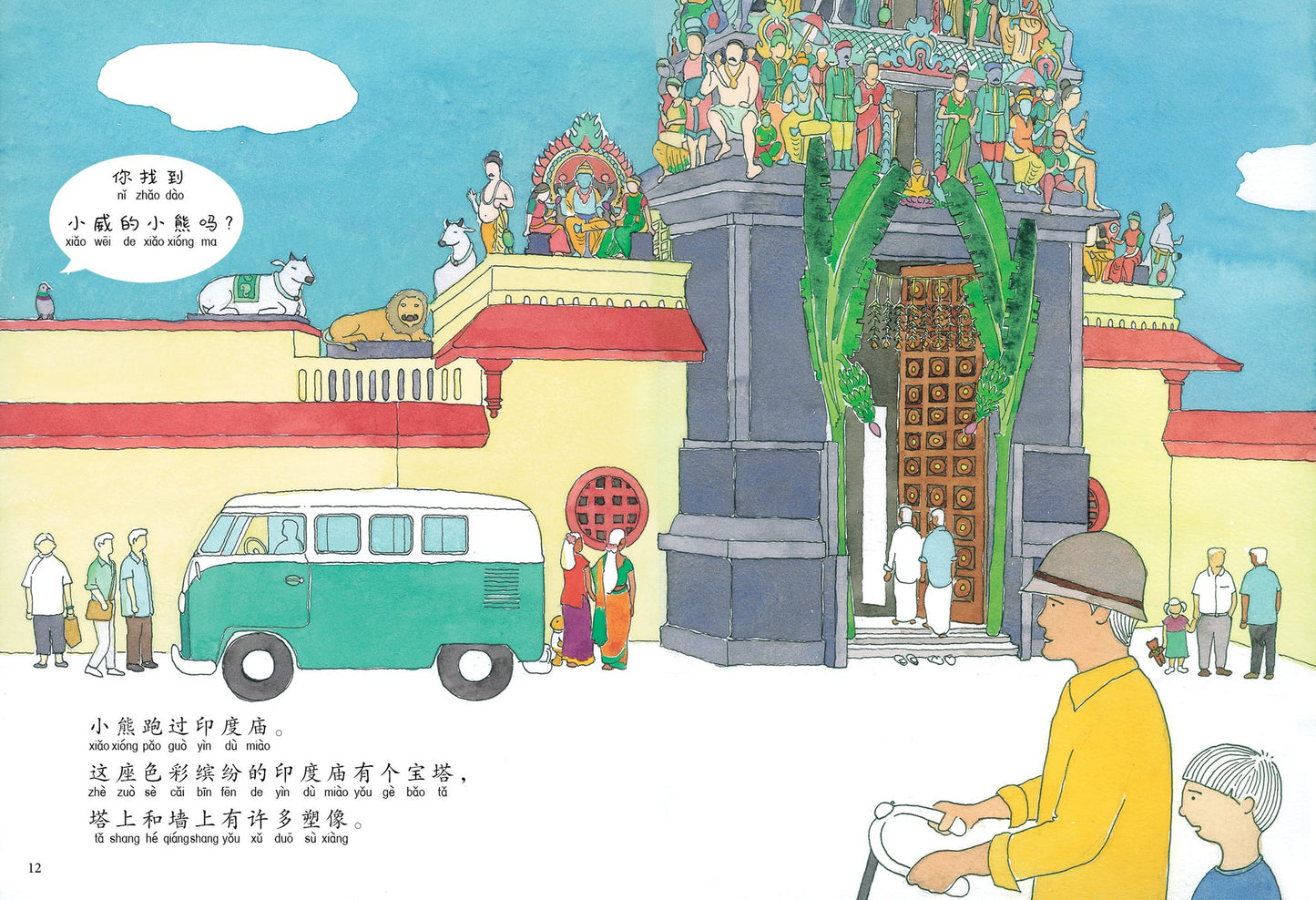
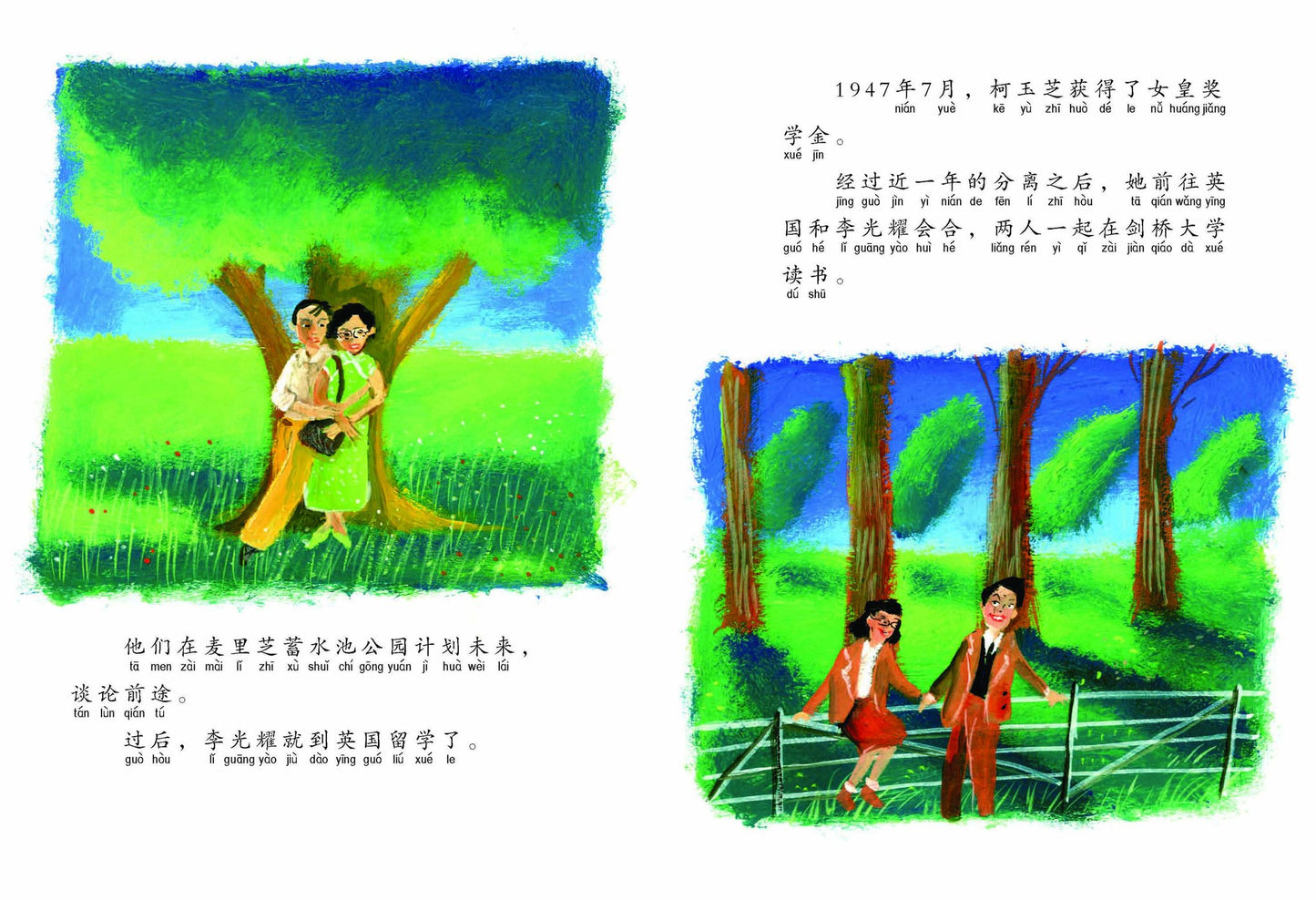

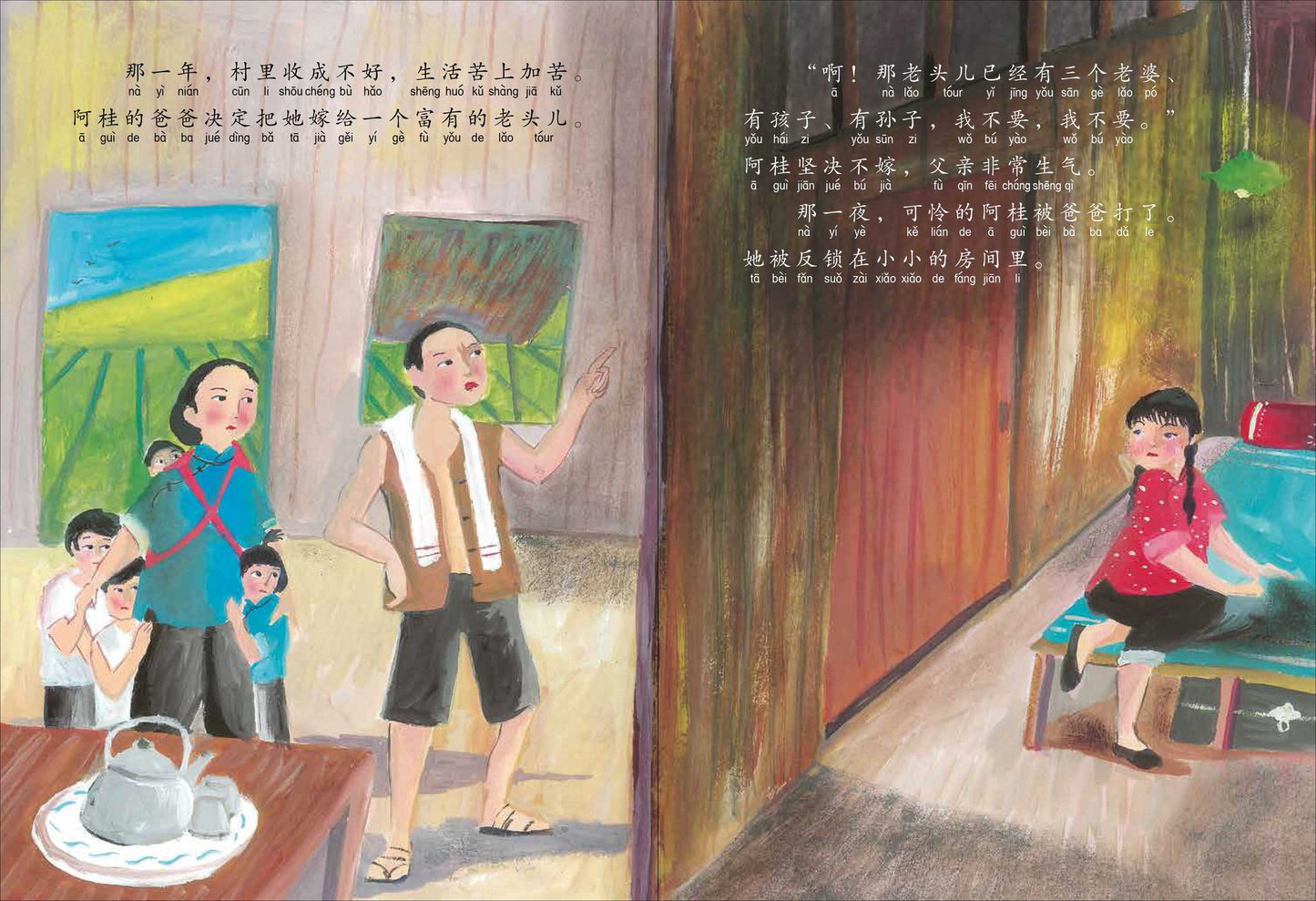
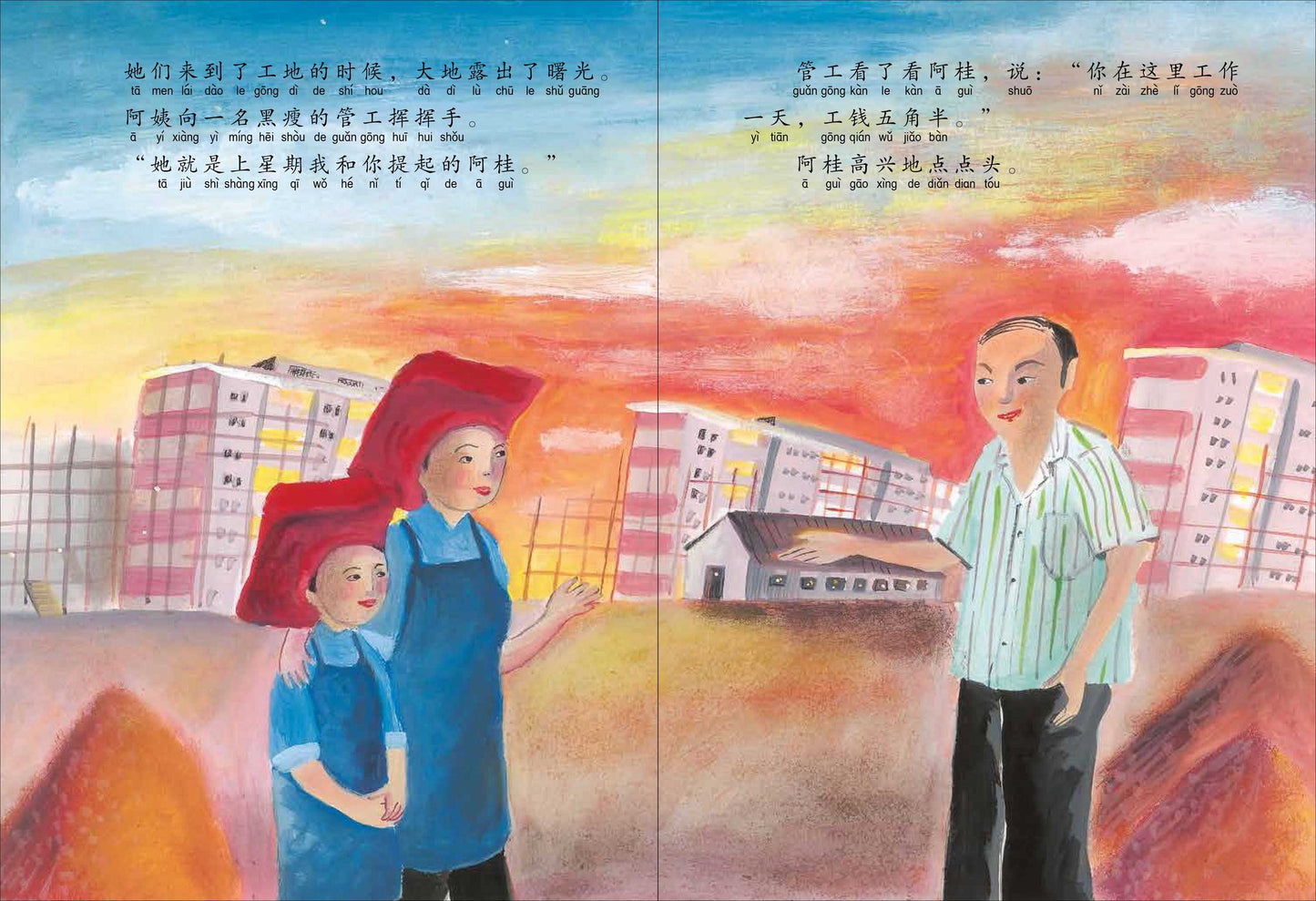
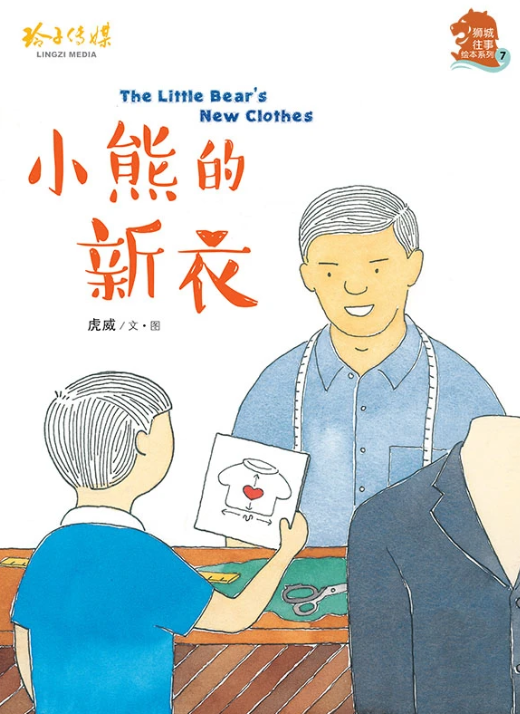
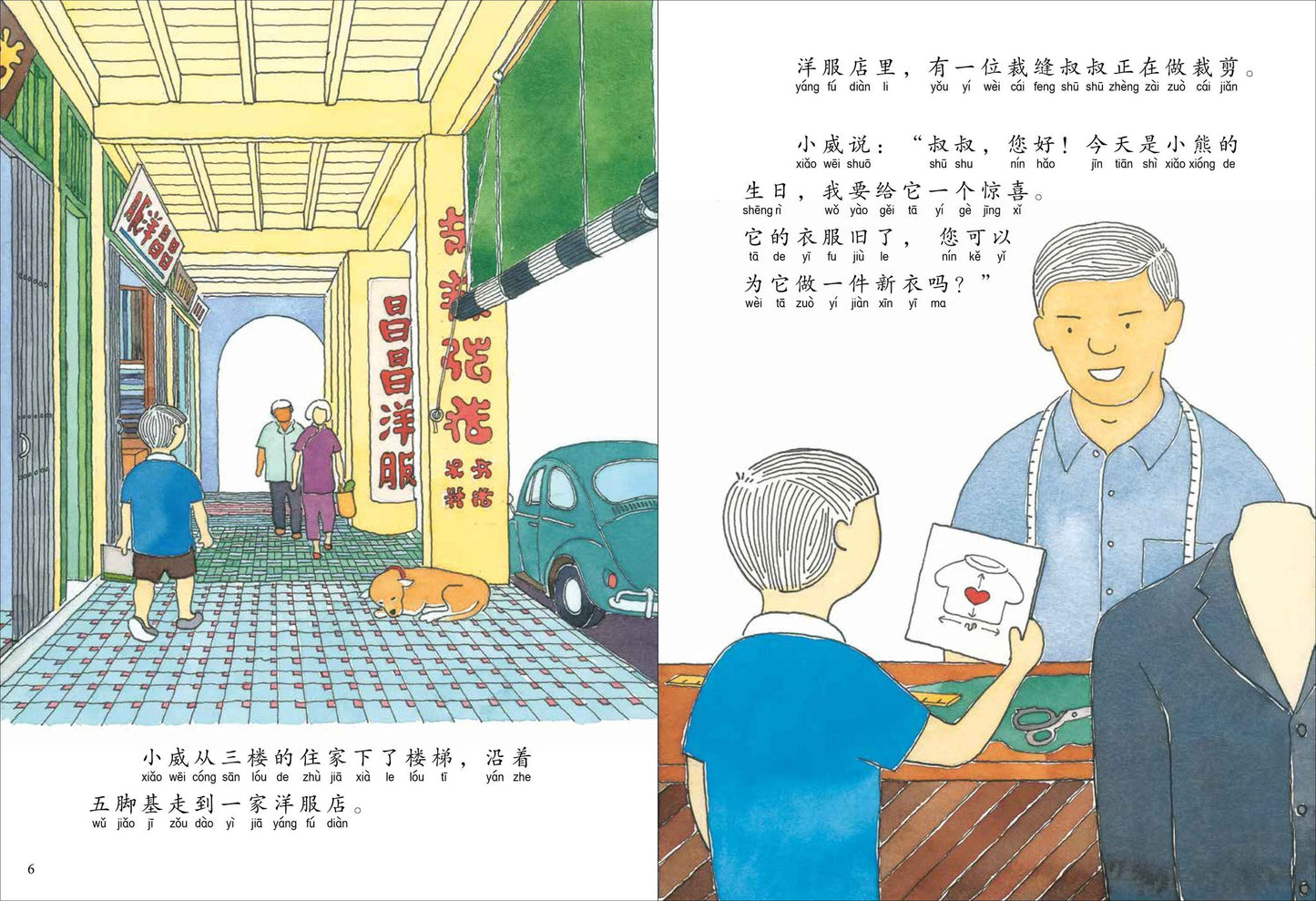

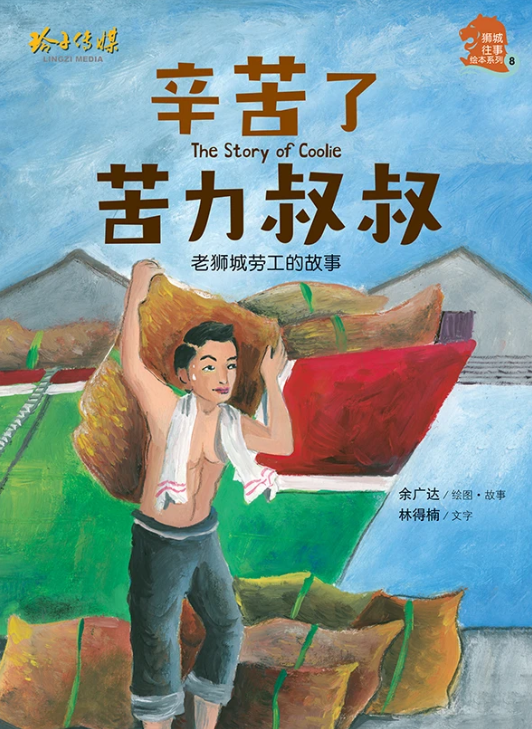

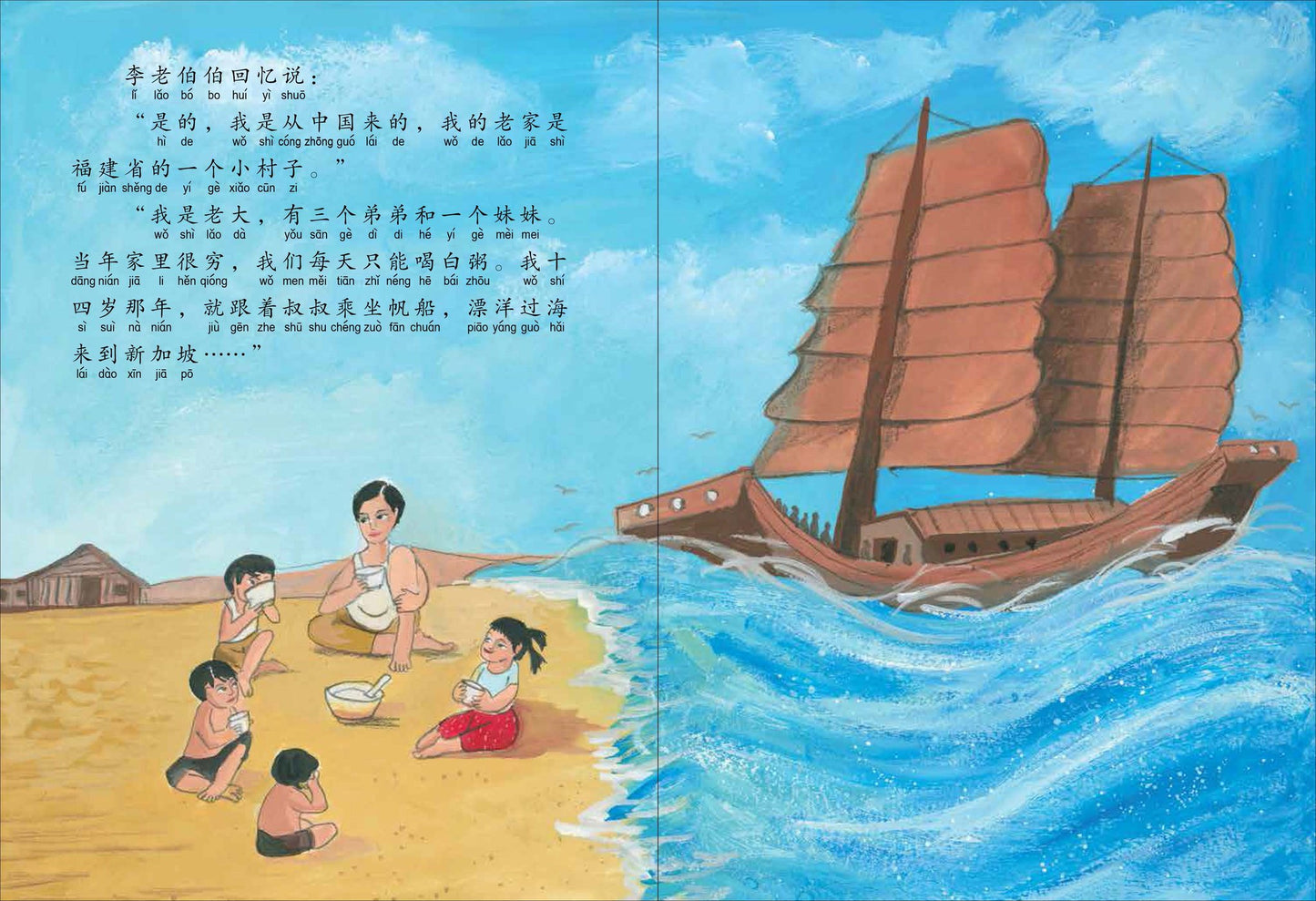

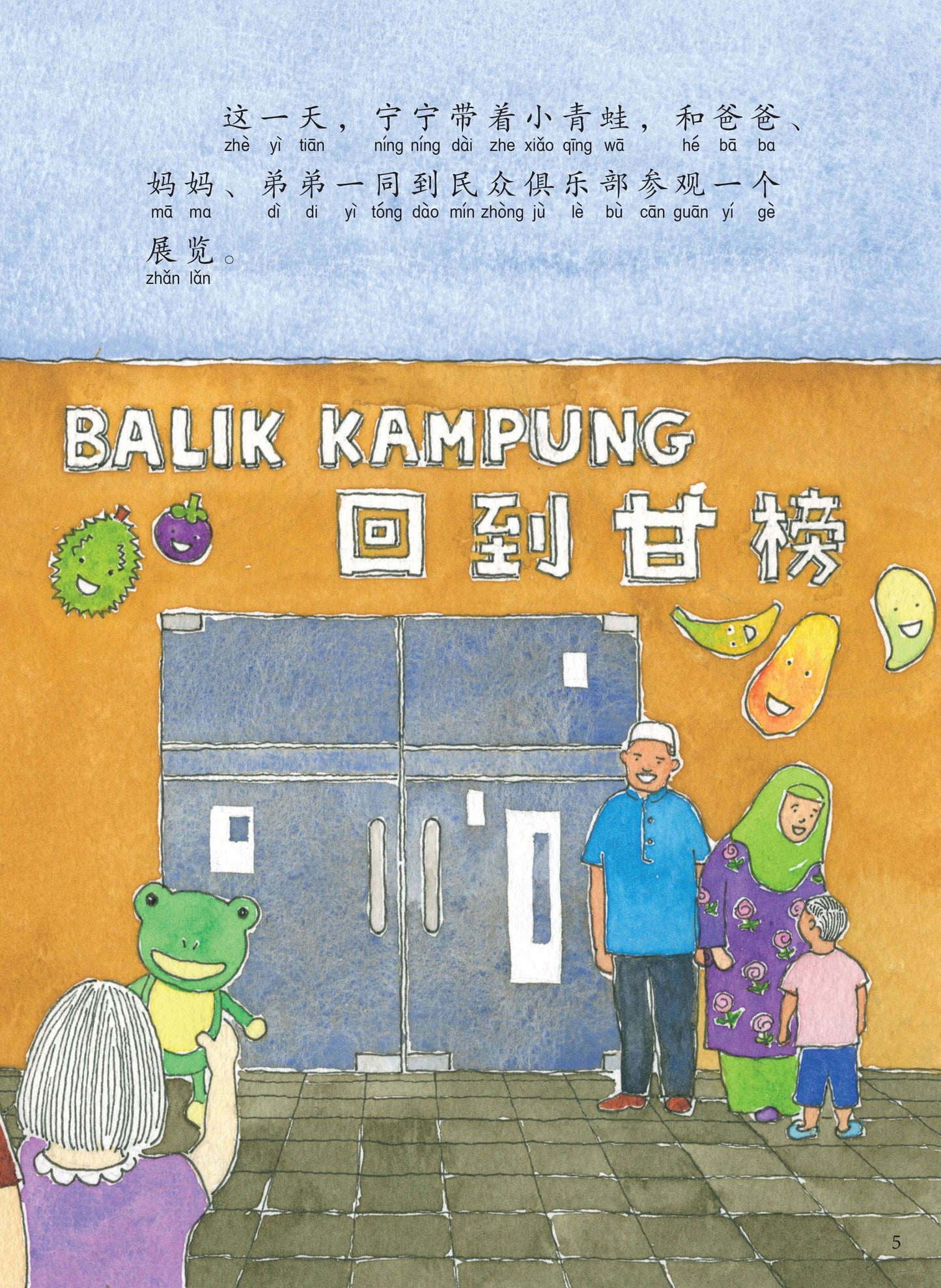
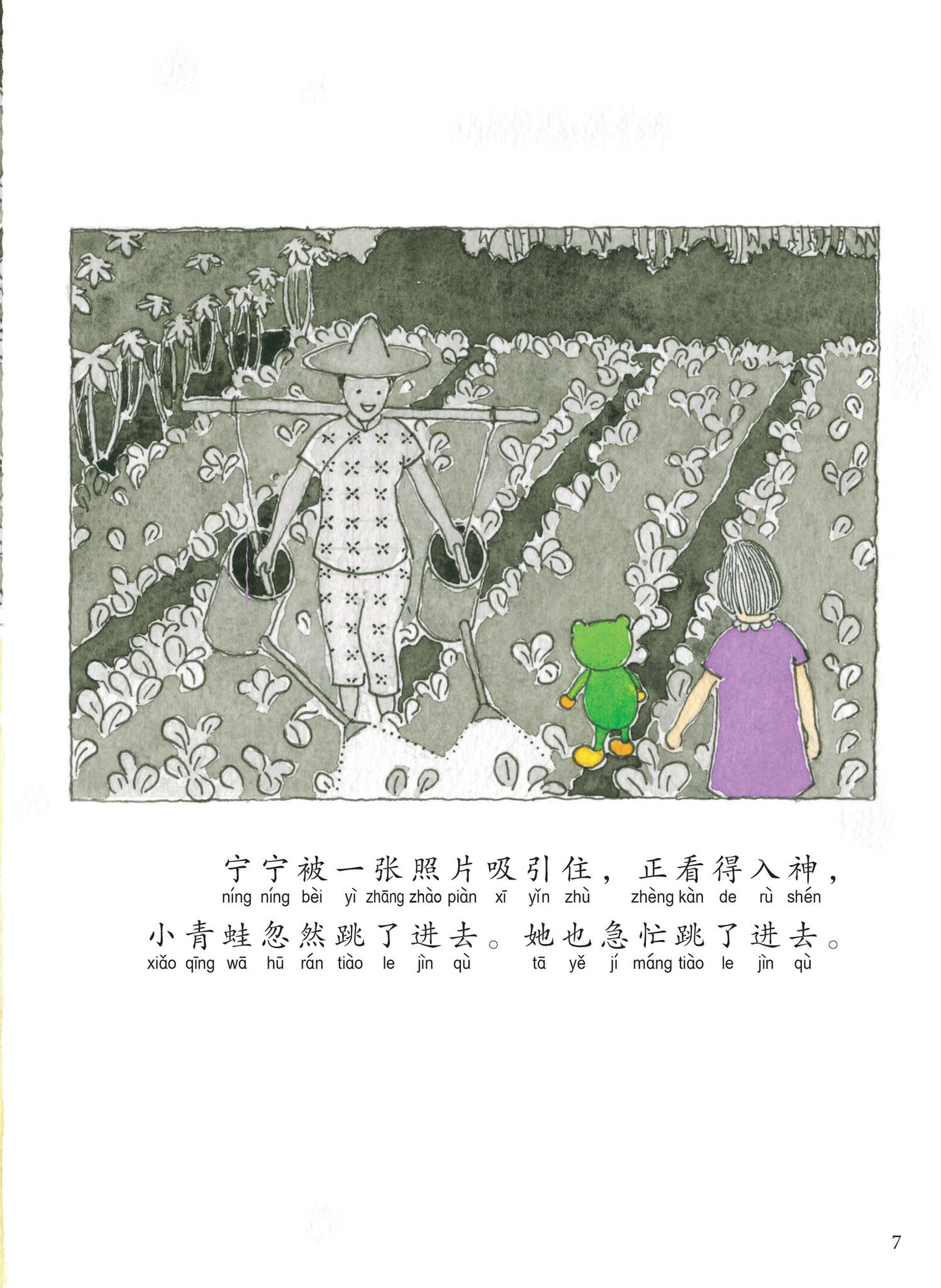
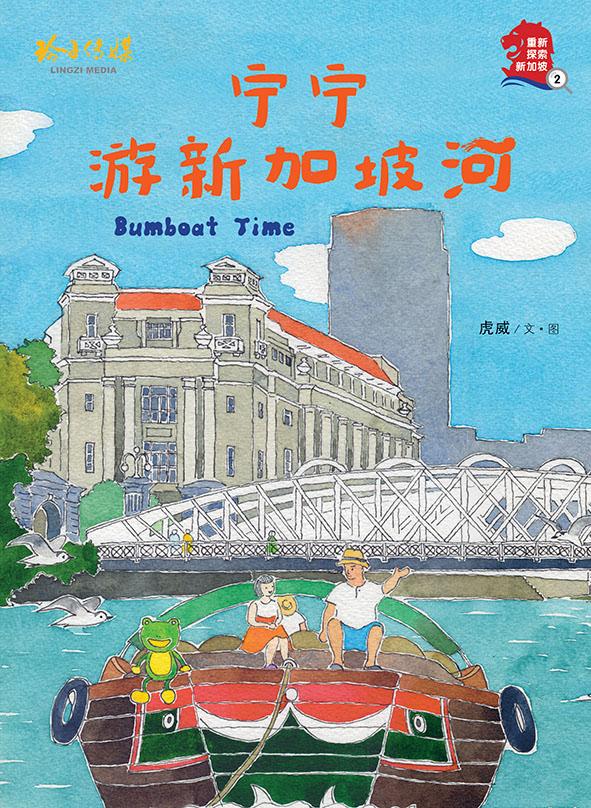

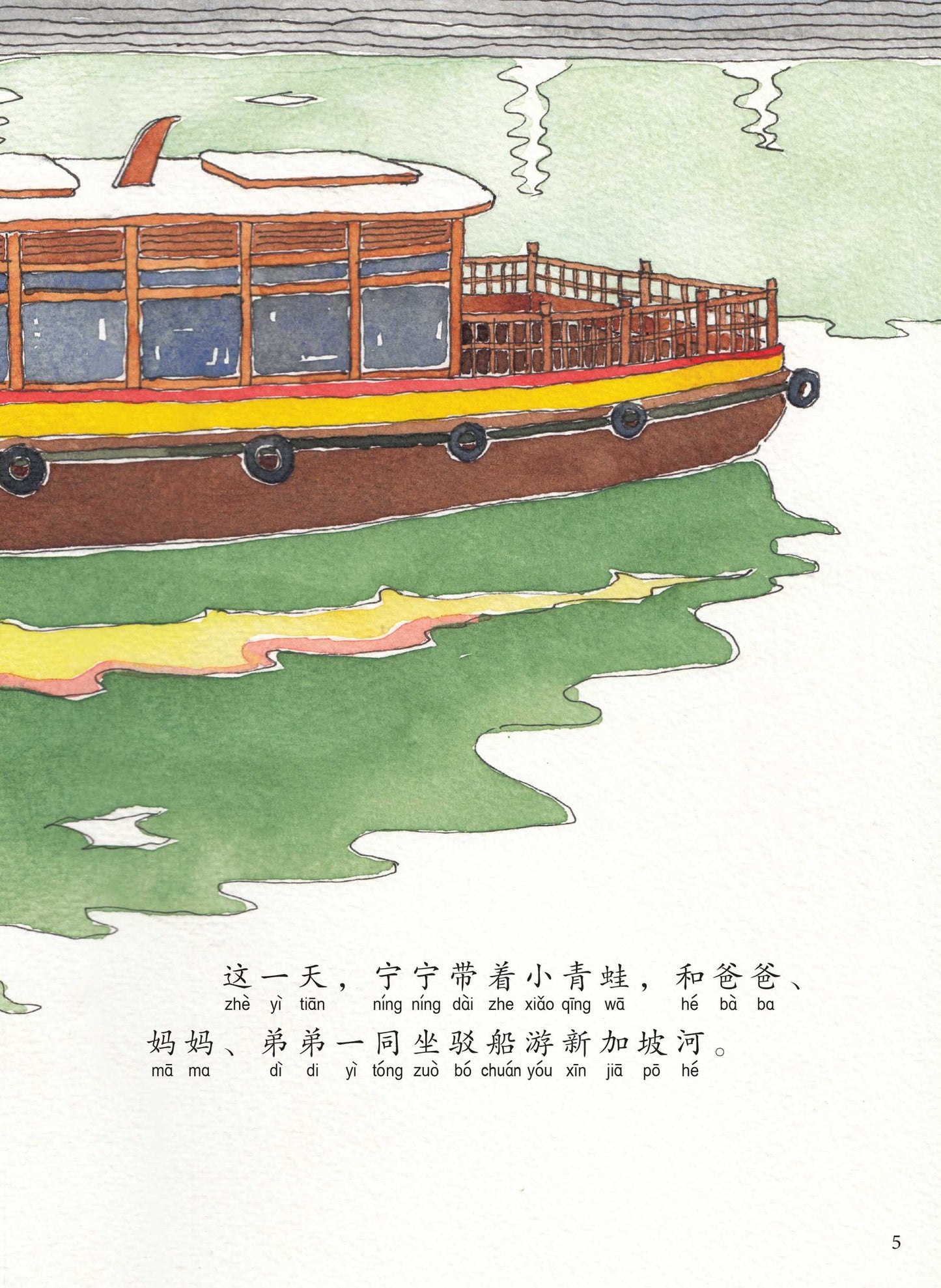
I have to admit I bought this set more for myself as my 1 and 3 yo are still too young for this.. HAHA!
But it's so nice to learn about our history through children books! For a start I've shown them the illustrations and that got them excited. Slowly we'll read the books together.
Reading 外公的小房间has made my 5yo ask me the above question at least 10 times. This is a good title to expose our kids to what Singapore was like back in the old days, and how our grandparents/parents had to live in poverty and toil hard, so that we can be where we are today.
I first chanced upon this book in the library and I knew I had to get it when my 5yo was so sad that it had to be returned. The plot is easy to follow and my child is very intrigued by the architecture, various occupations illustrated in this book. We hardly see this anymore and it's a good opportunity to educate him about the past. The only part I found hard to explain was why 鸽子姐姐 could suddenly become so big and fly 小熊around haha.
Many kids can relate to the idea of having a loved stuffed toy and wanting to get a new outfit for it. In the process of doing so, we are introduced to many different occupations and aspects of life in old Singapore. There’s also a clock on several pages to show the change in time as the bear waits for his owner to return. This was pointed out to me by my 6yo and great for kids who are learning to read the time!
Hi Joen, thank you for taking the time to leave a review! On repeated readings, we discovered the clock too, and you're right it was good practice for kids who are learning to read the time! So many little details that we can learn about in this lovely series (:
Really lovely book to give our kids a glimpse into the people who built up
Singapore. The grandparents love looking at it as well as it brings back a sense of nostalgia.
Beautiful, detailed illustrations. Various topics can be discussed based on the child’s level of understanding. For my 3 and 6yo, we walked about working hard, being thankful for good food, not complaining, love for family etc. As they get older, I can imagine we can discuss so much more - immigrants, arranged marriages, making sacrifices. I love books that can be read again and again and grows with you. This is definitely one of them!
Thank you Joen for taking the time to share about this book! It's so awesome that the book brings back memories for the grandparents too. Love how you pitched the discussions to their level, and seeing the potential to delve even deeper into other topics as they grow older. Great mileage, for sure!




